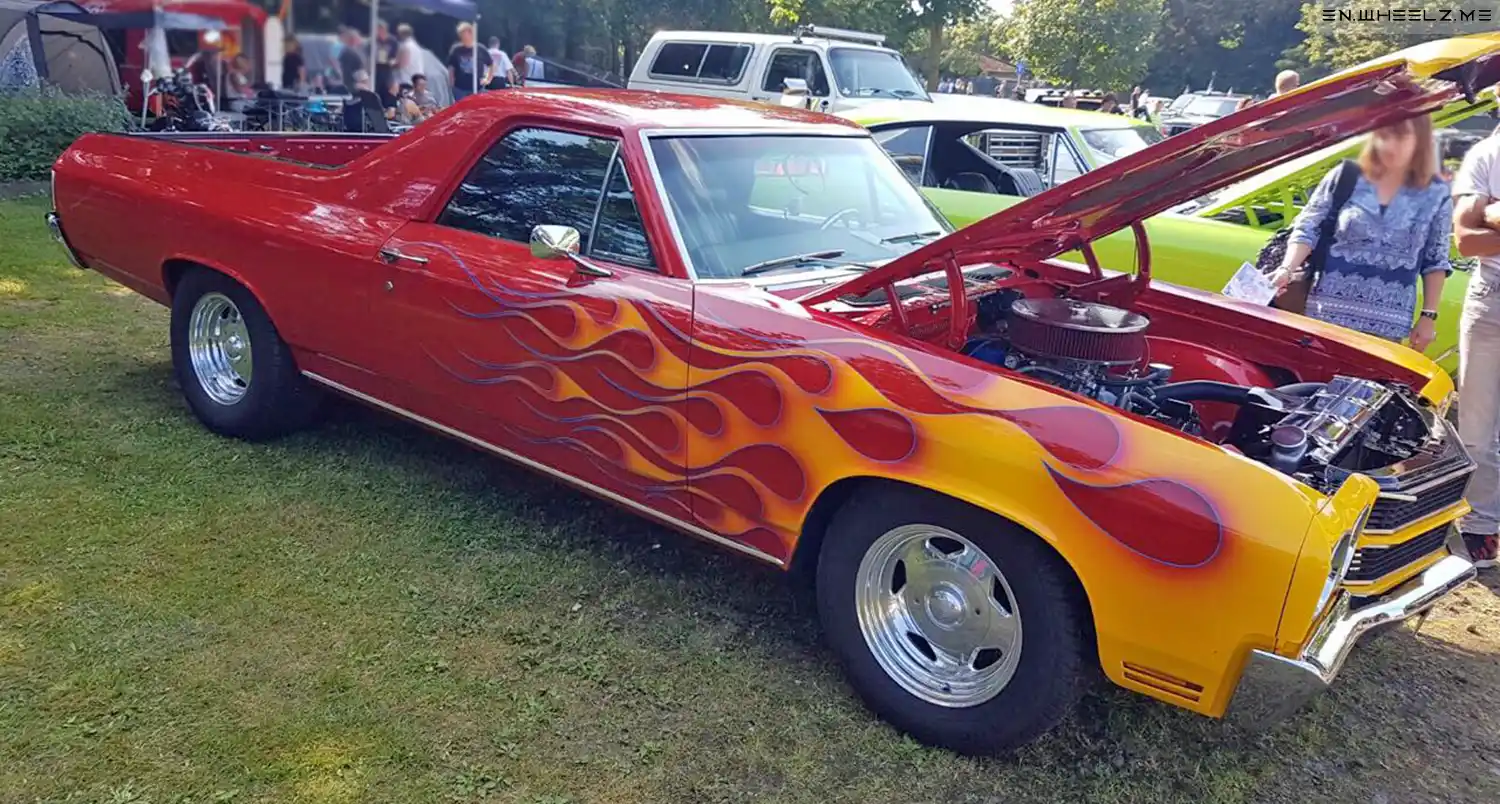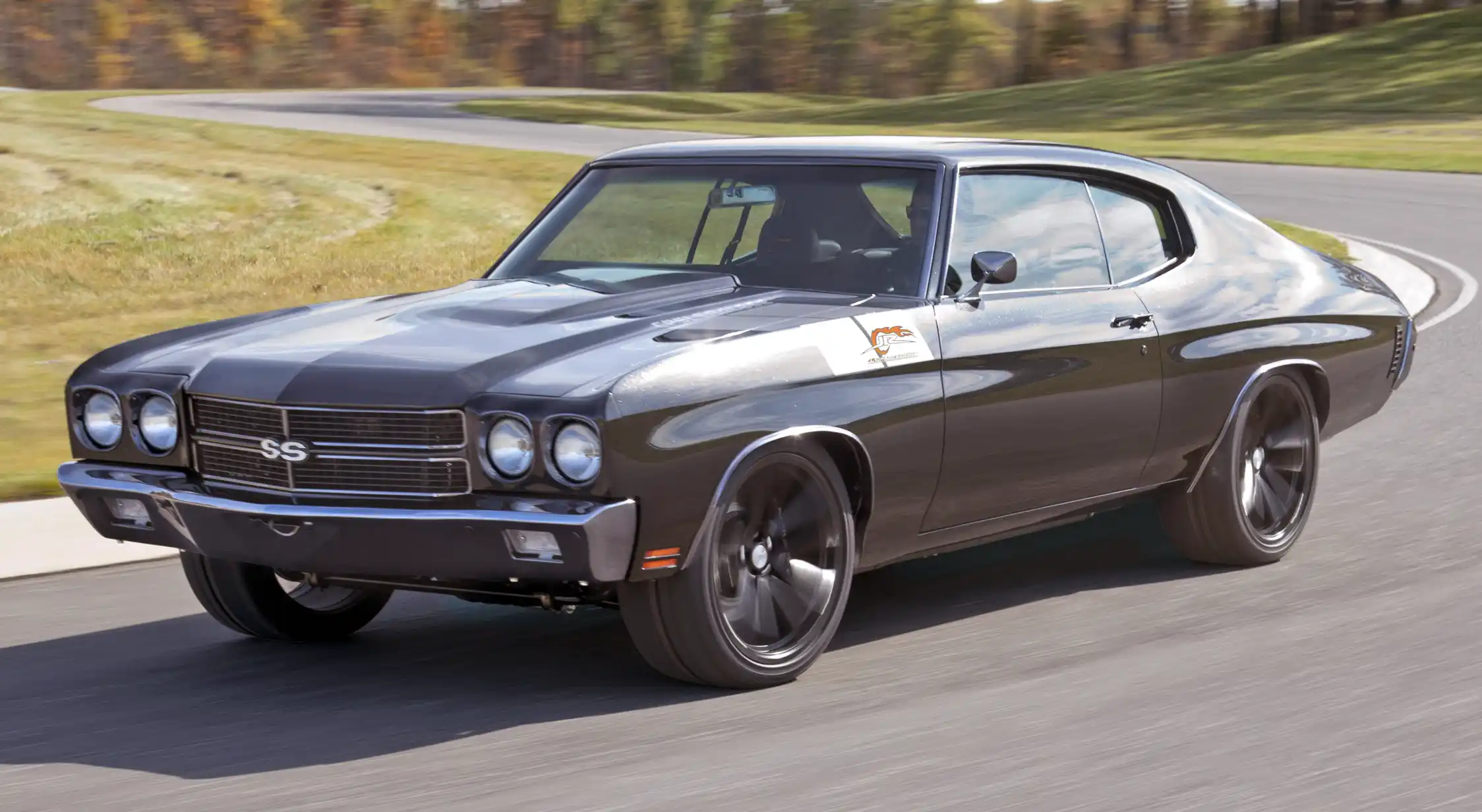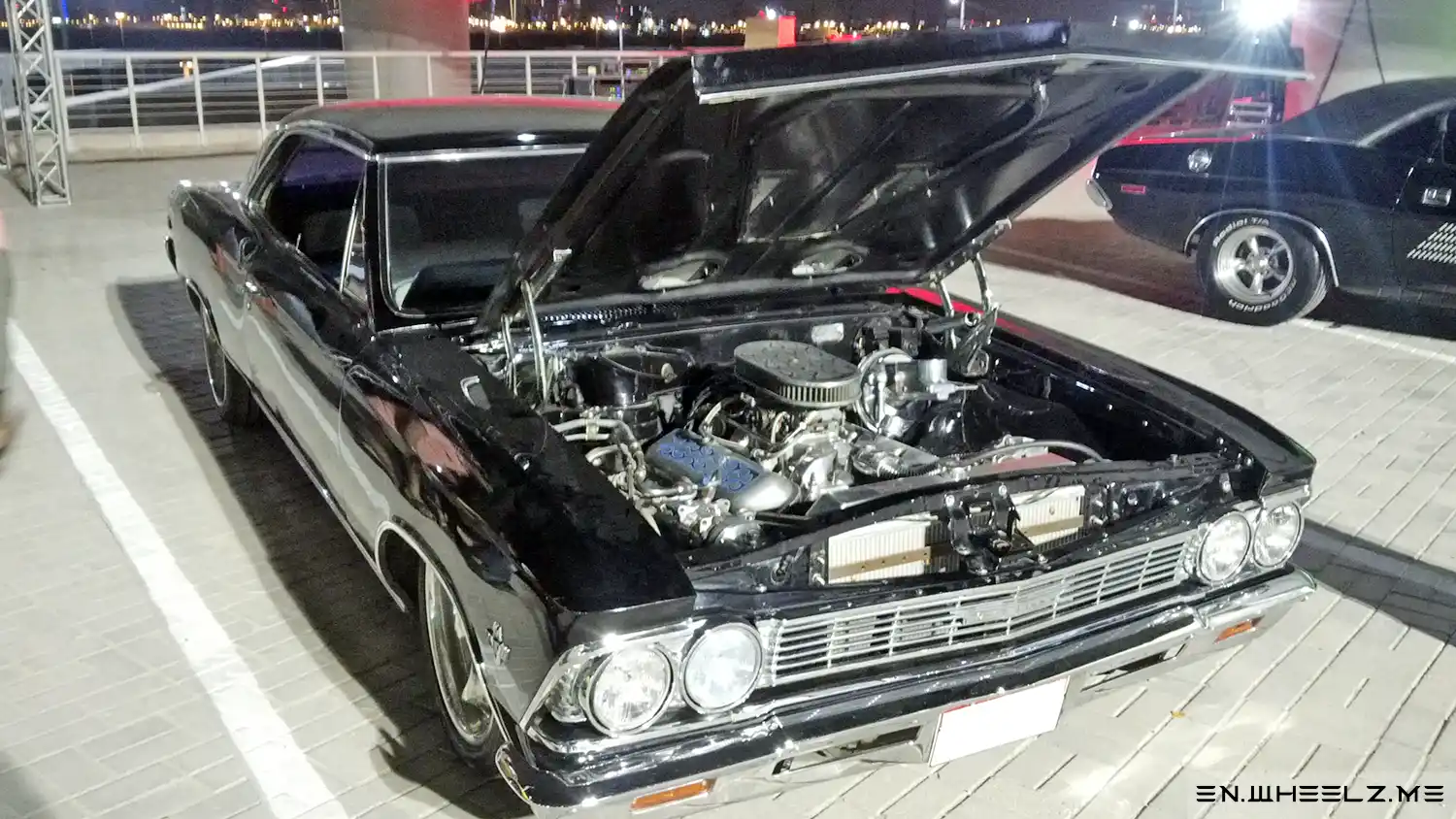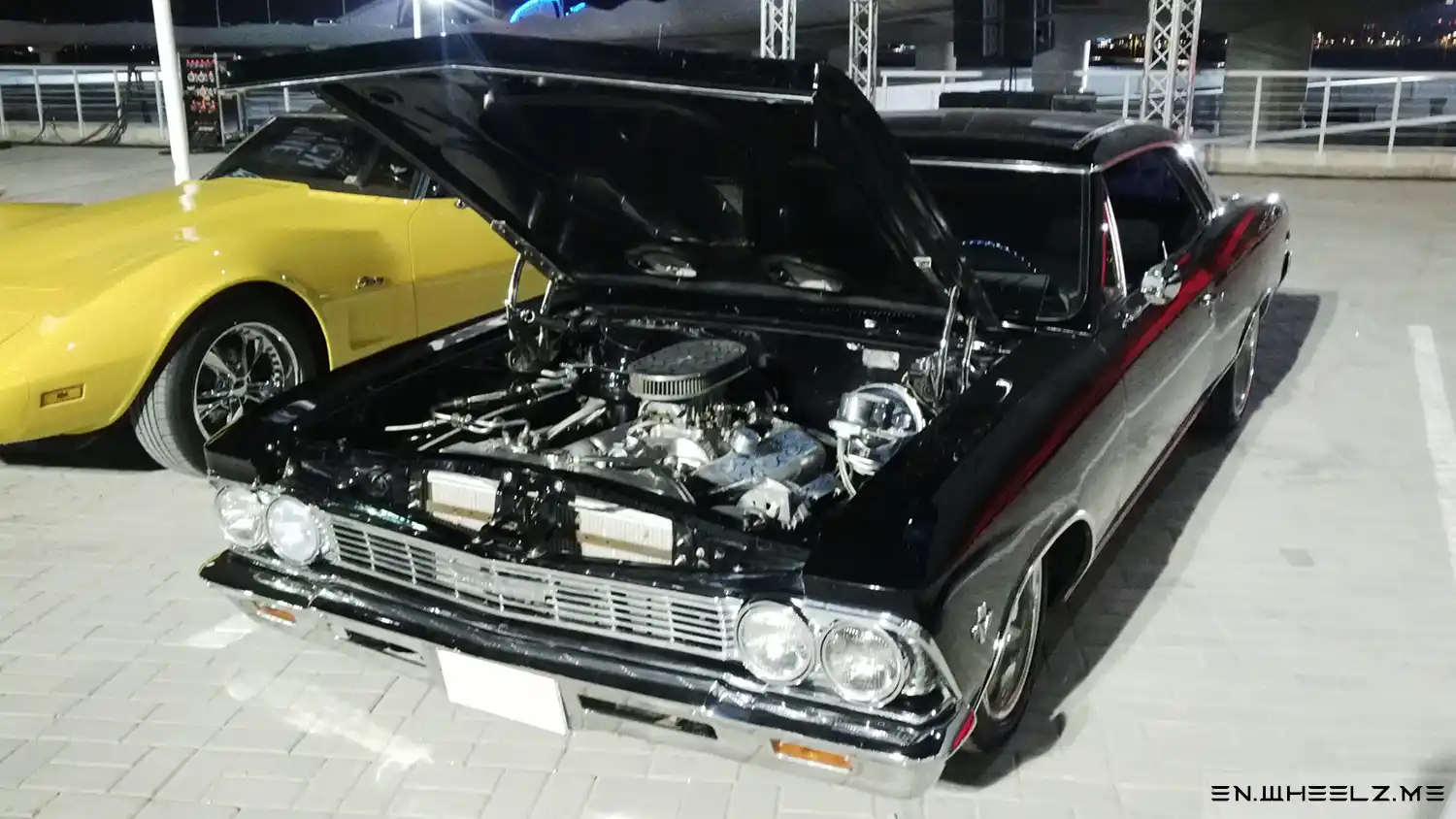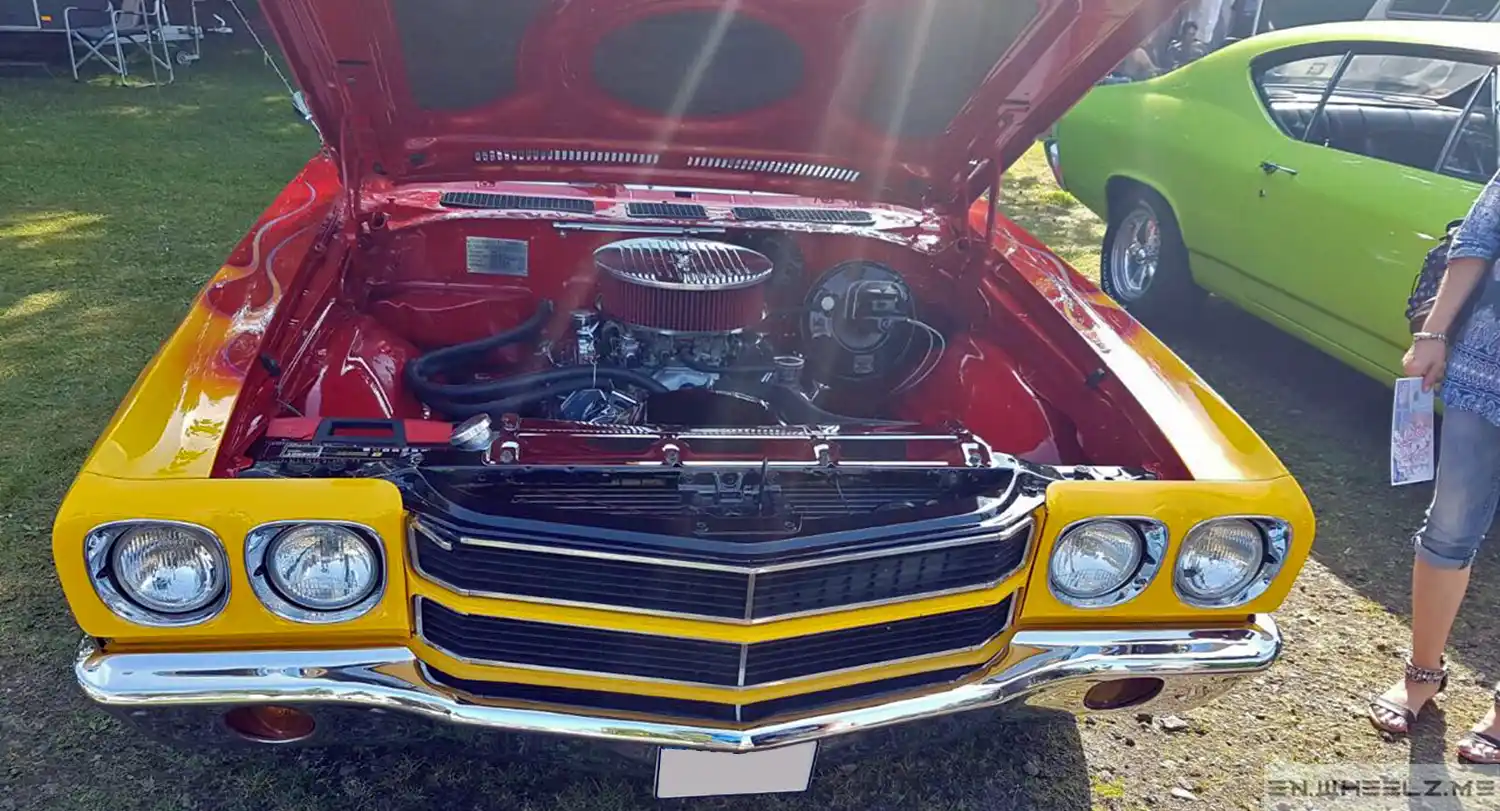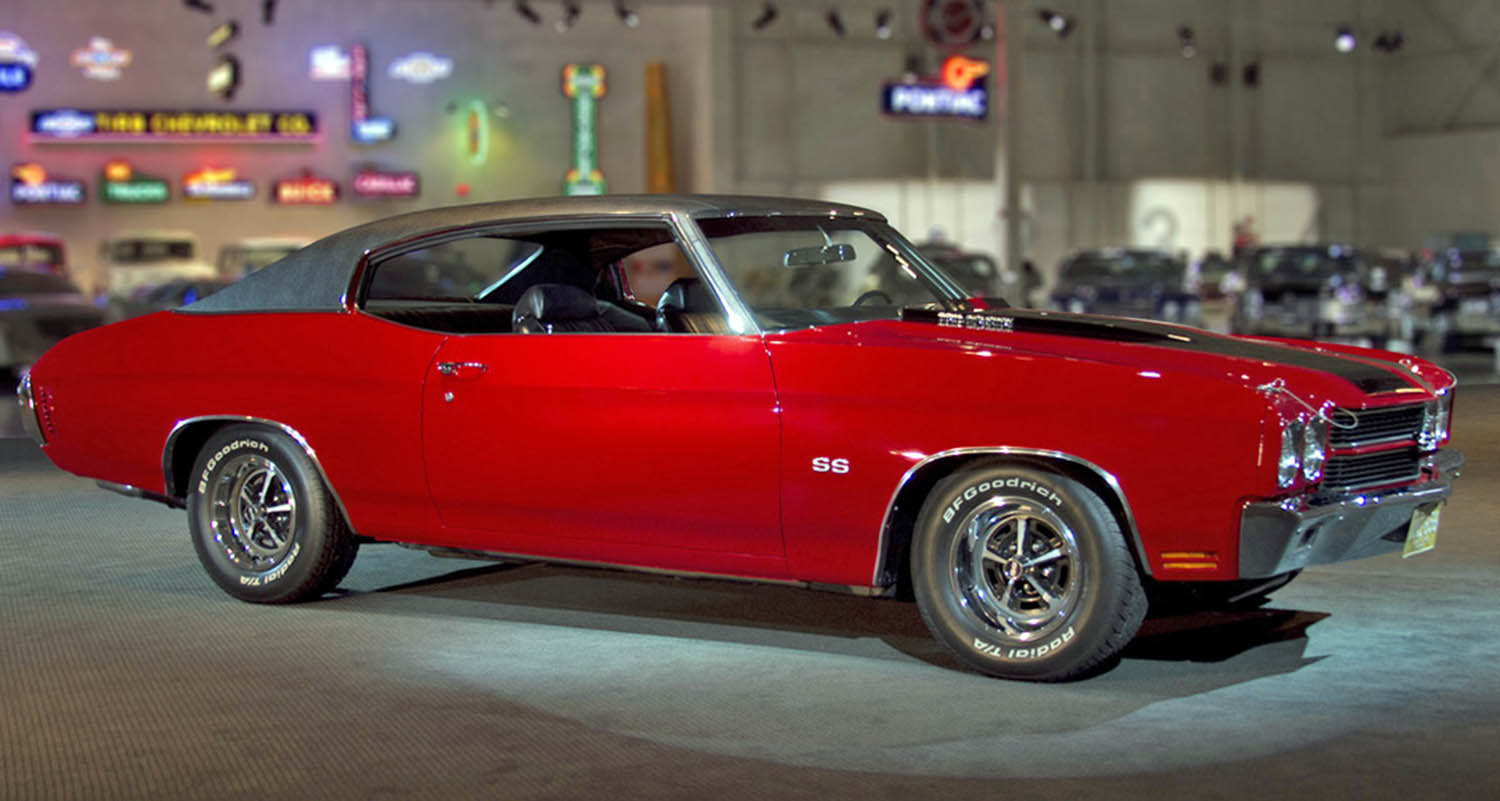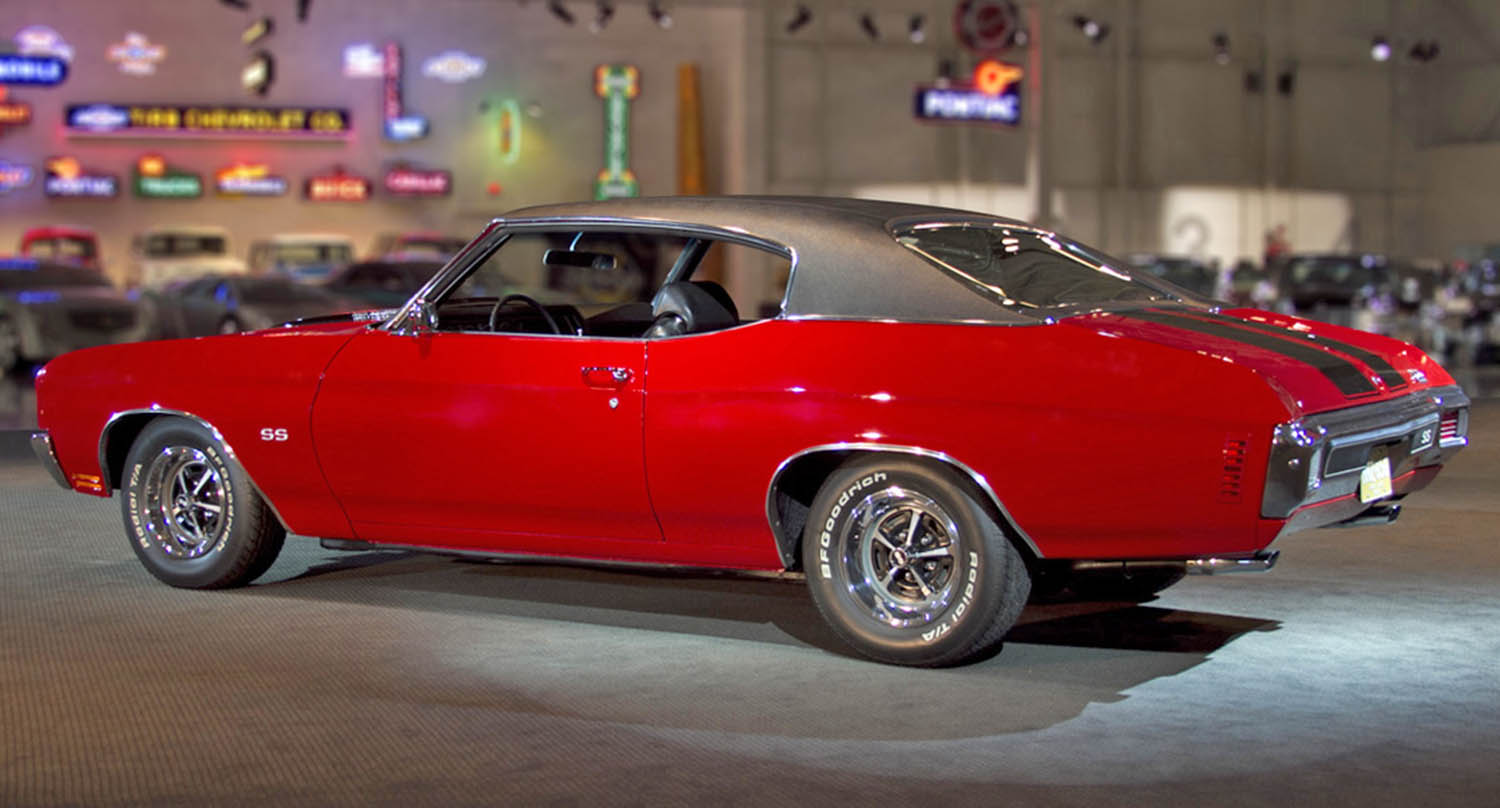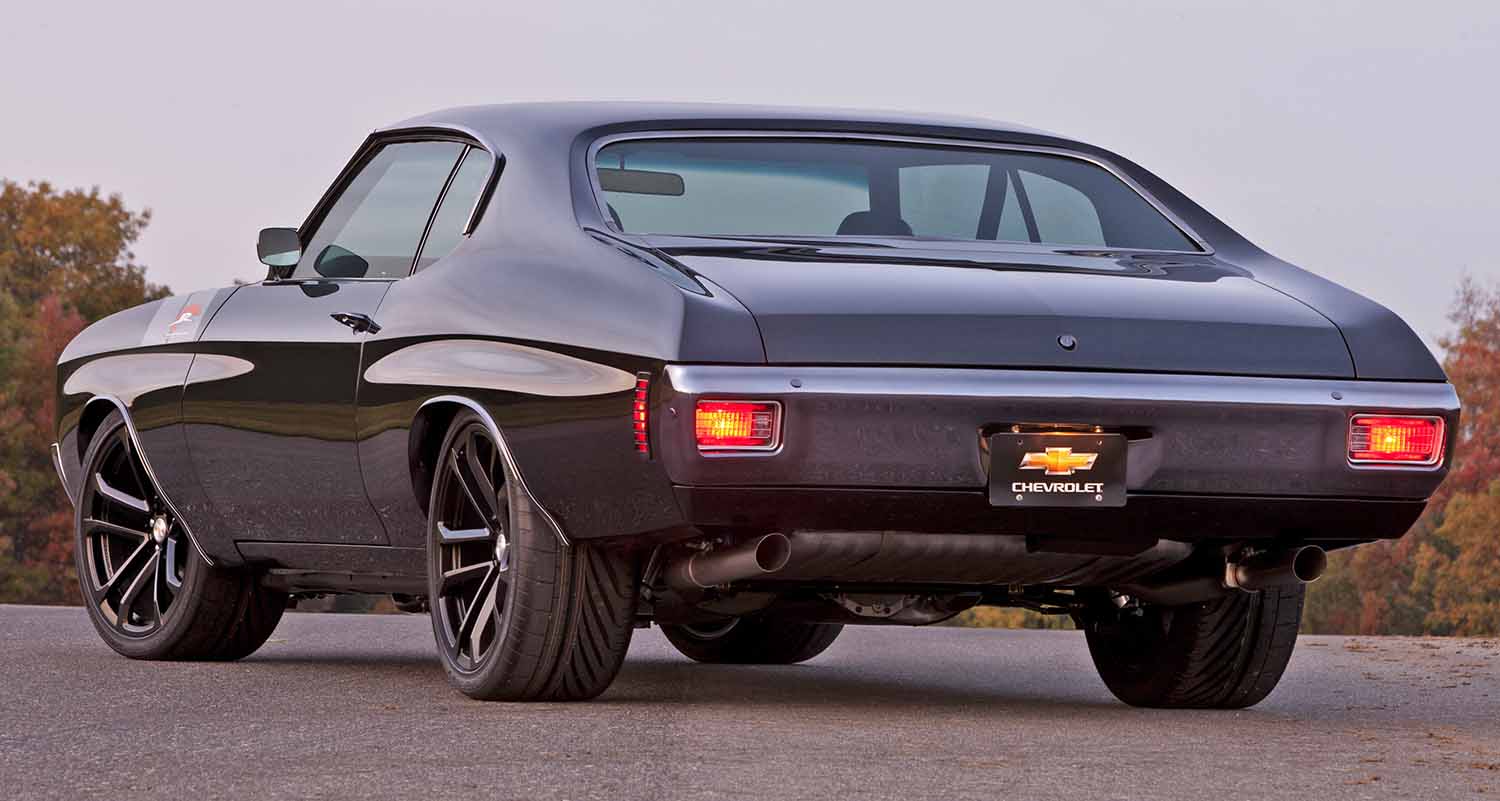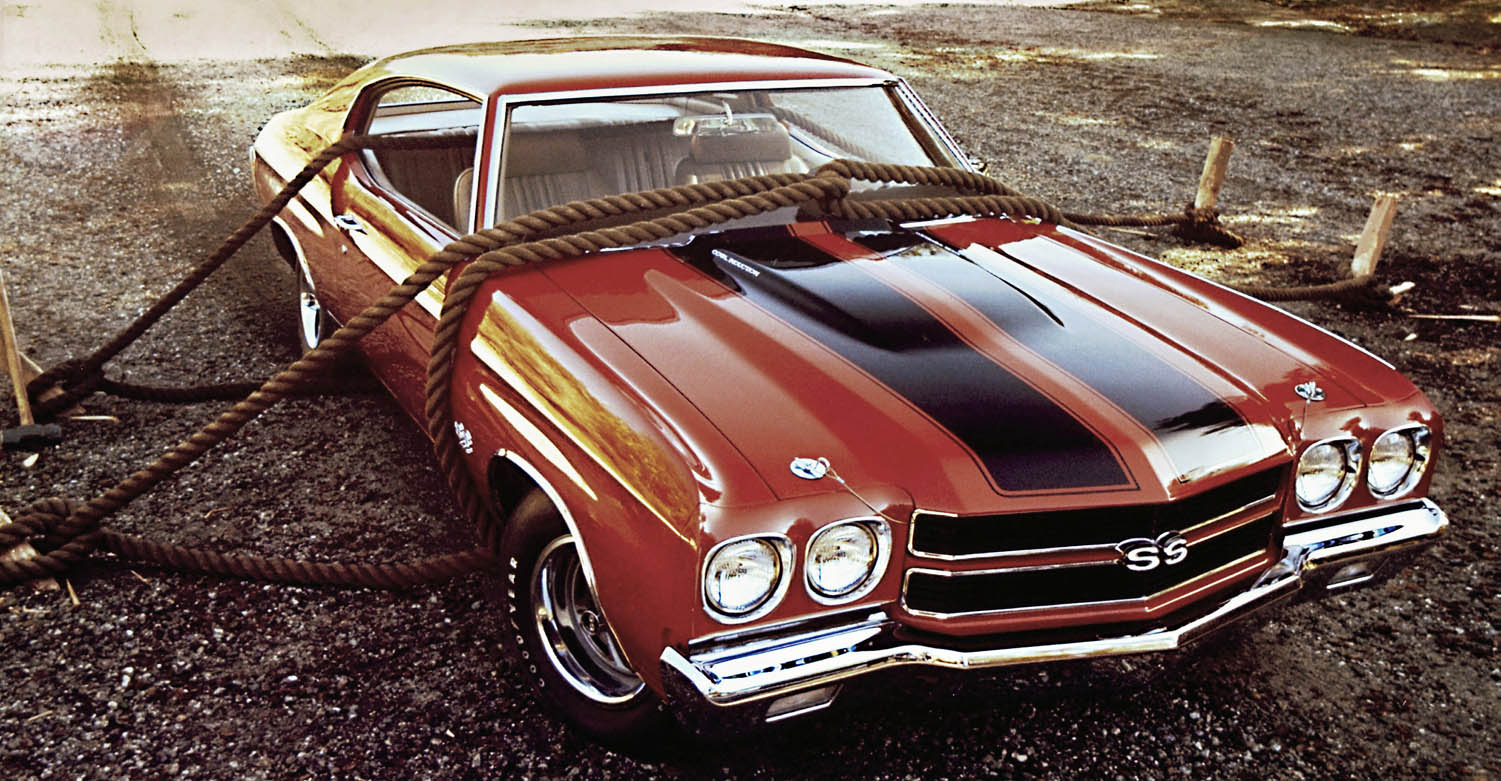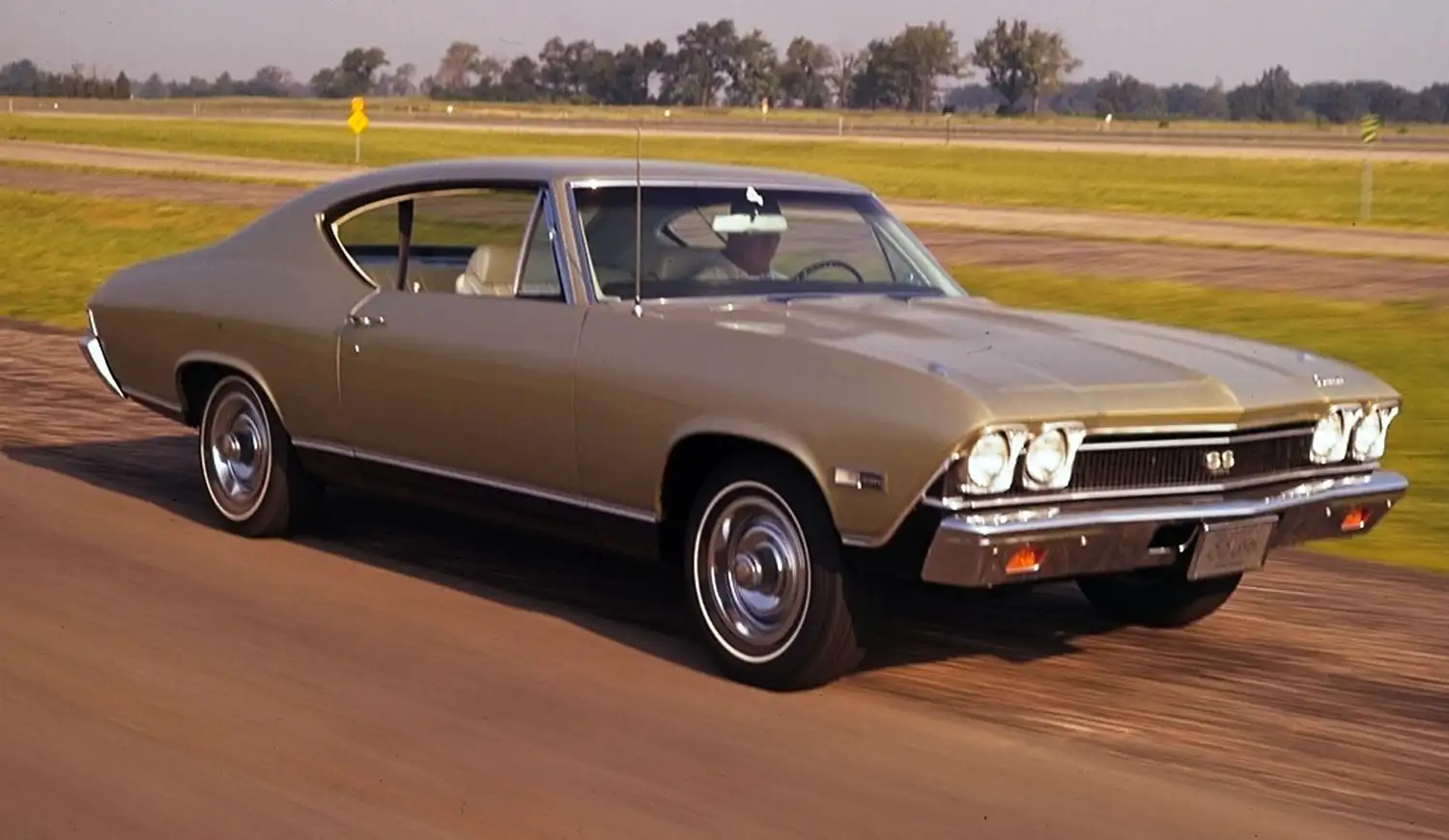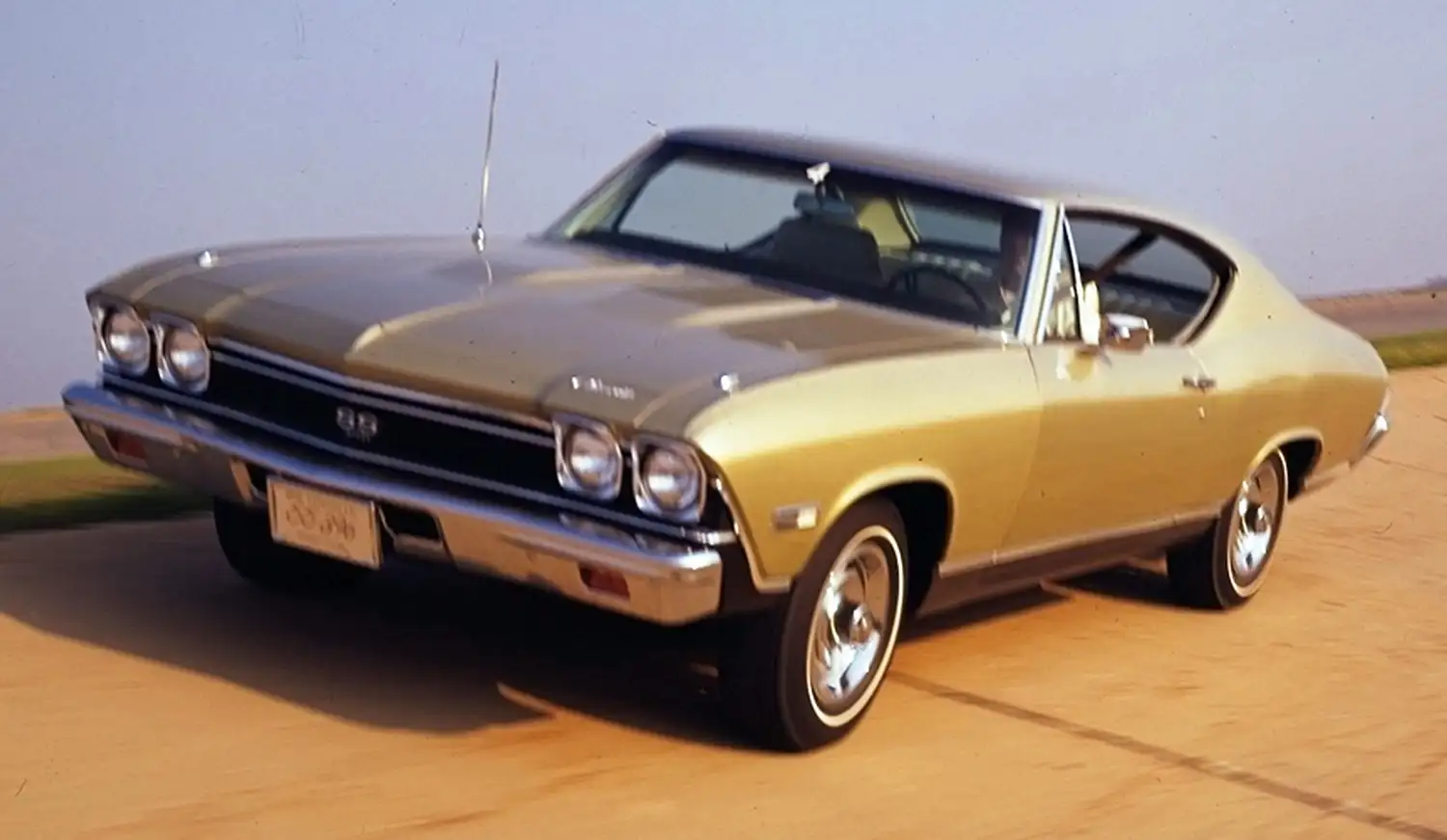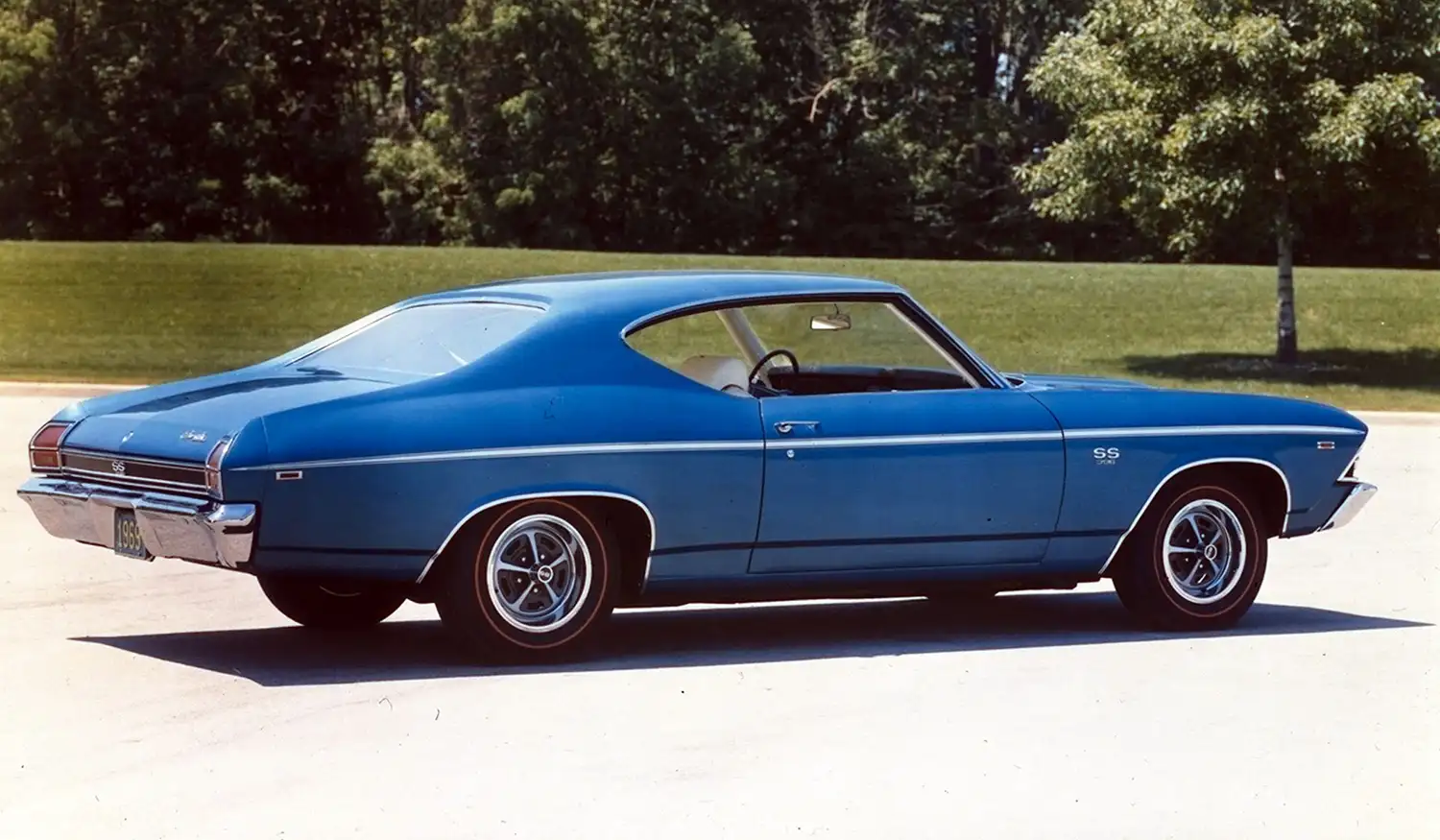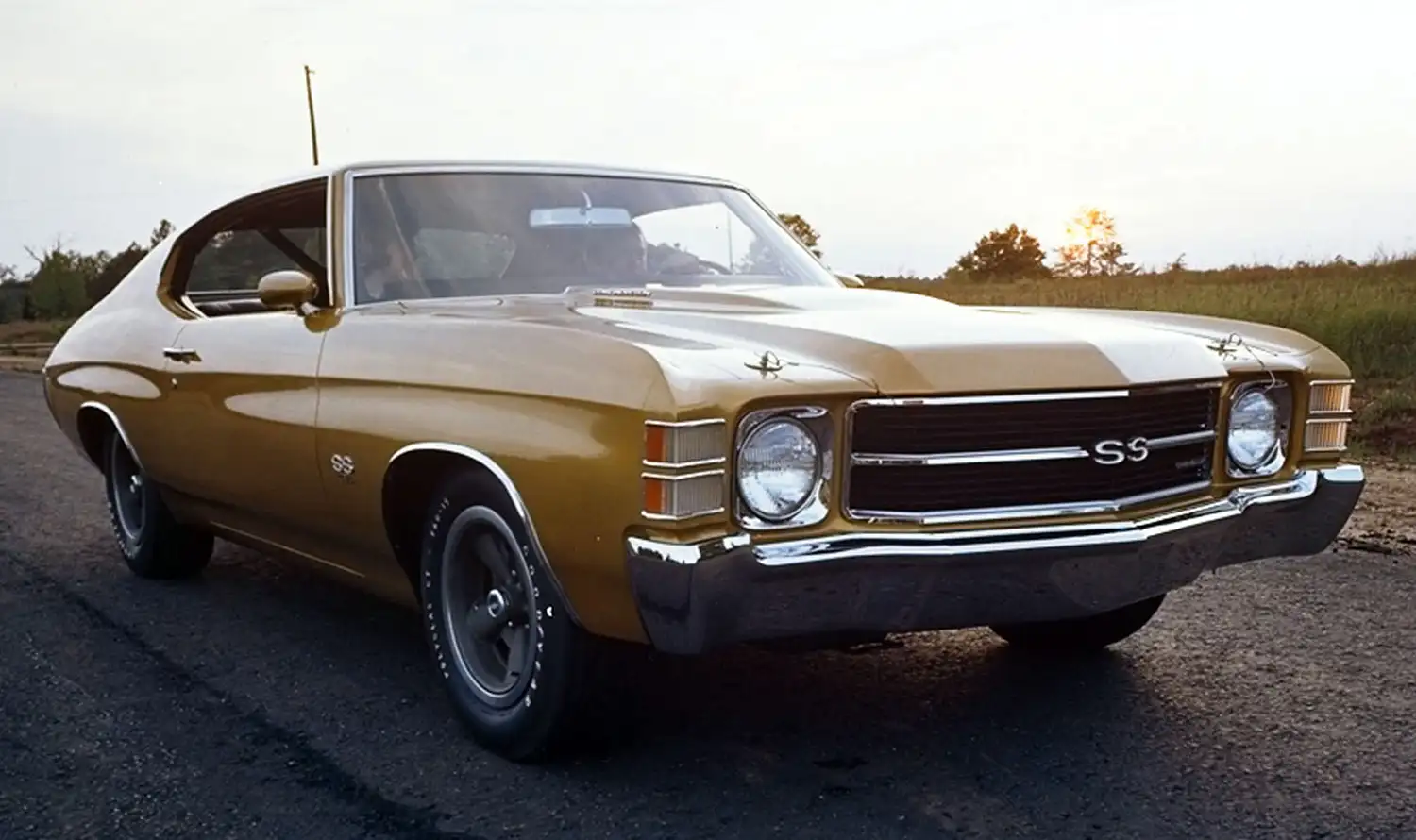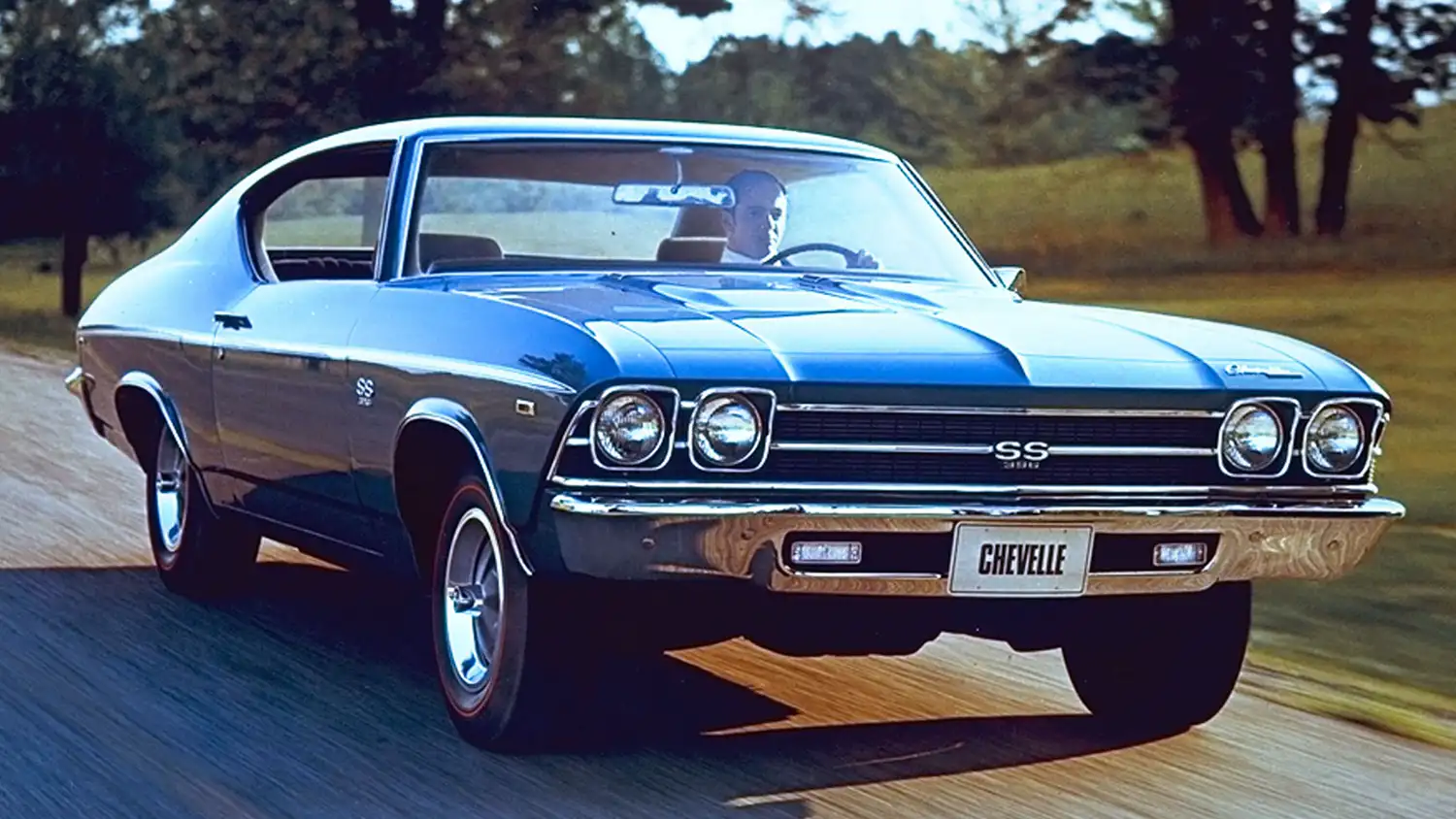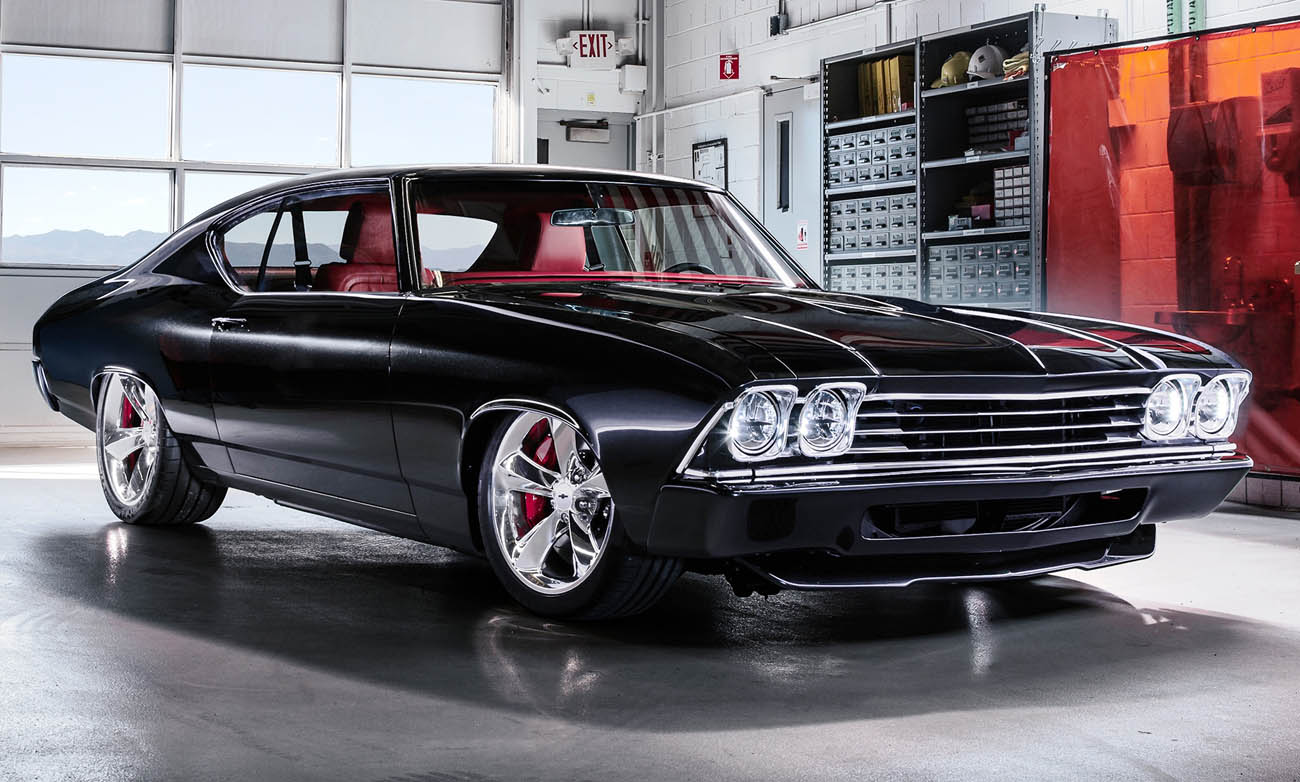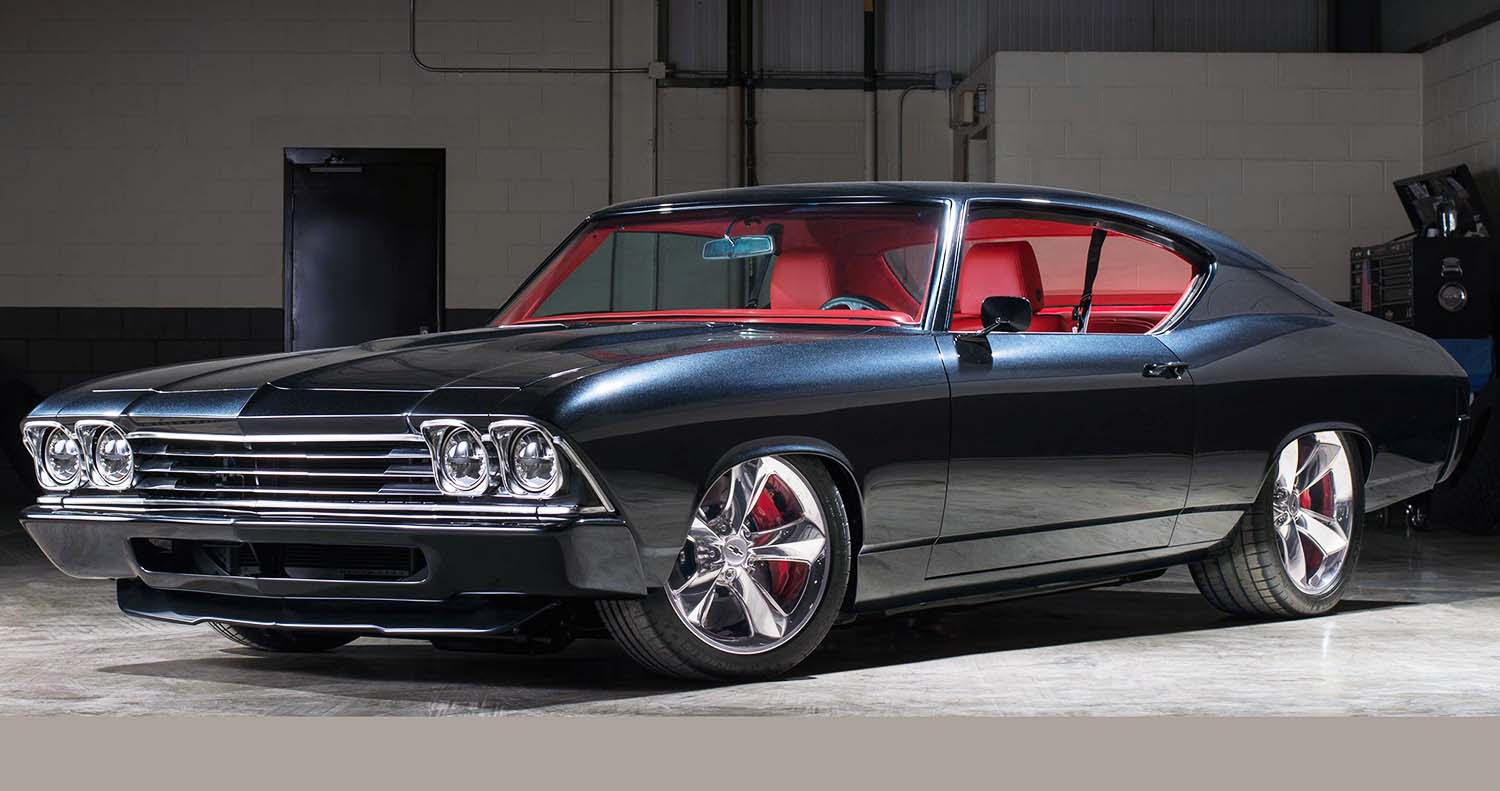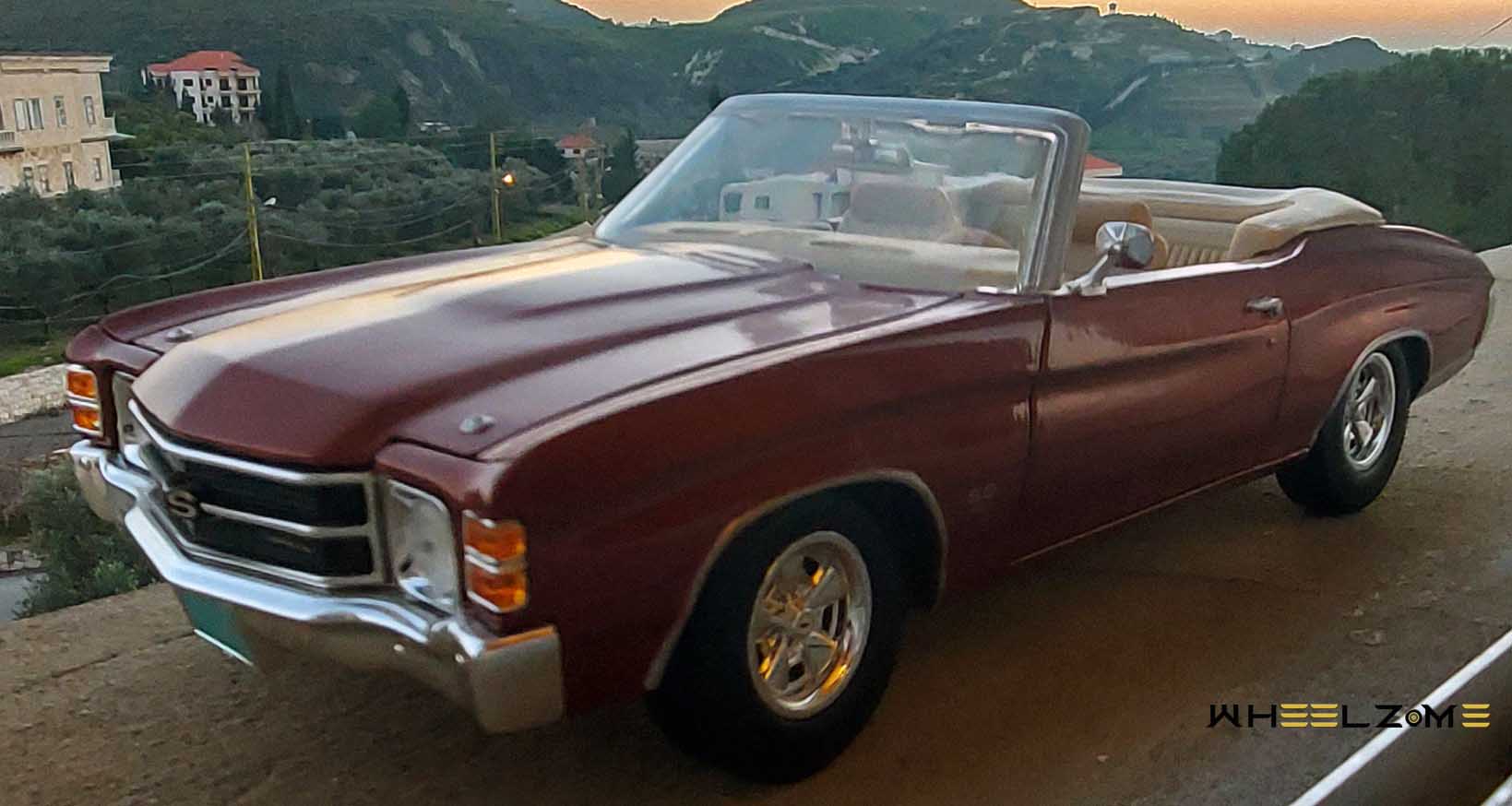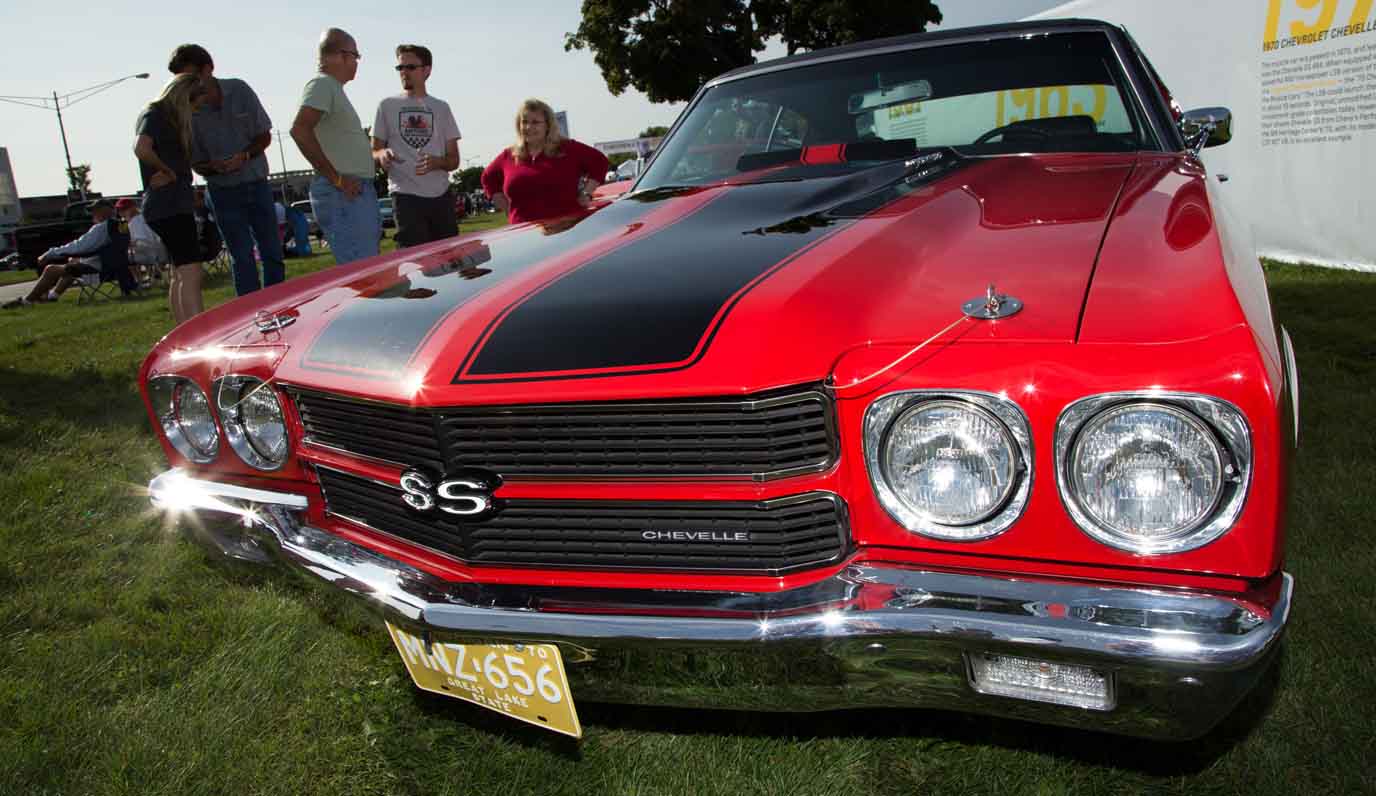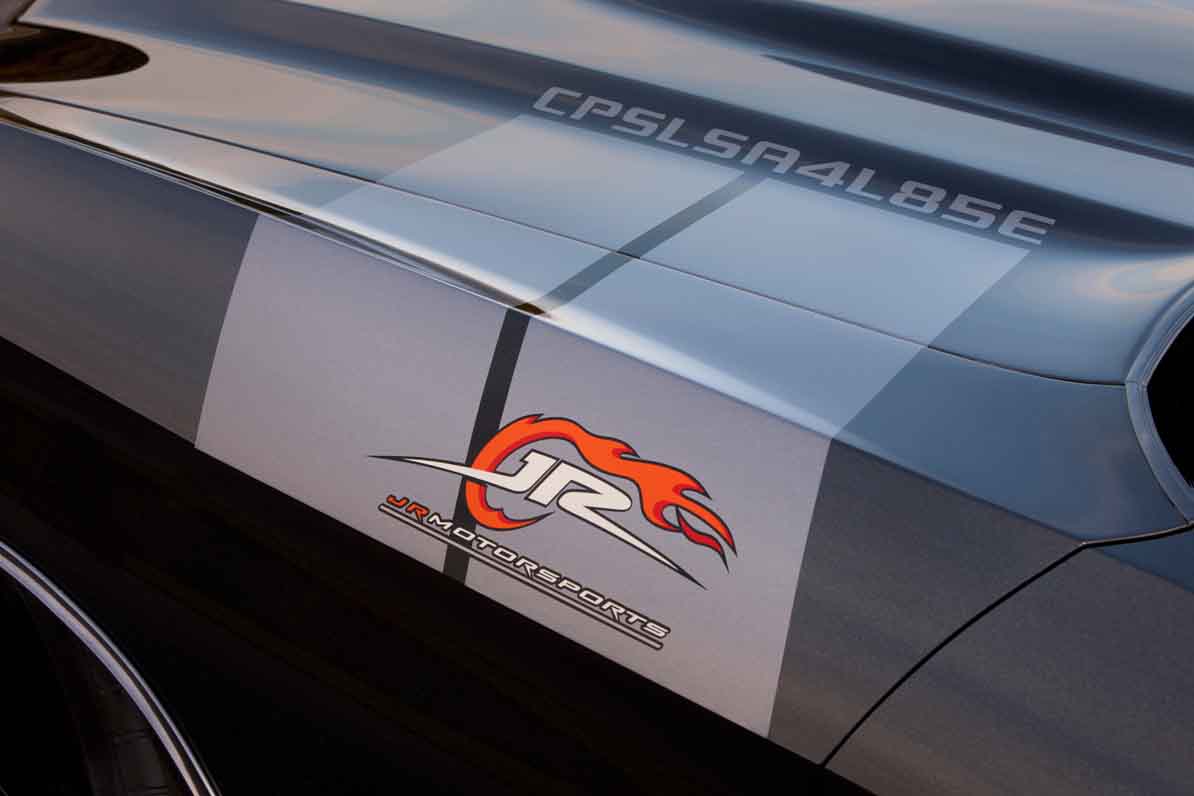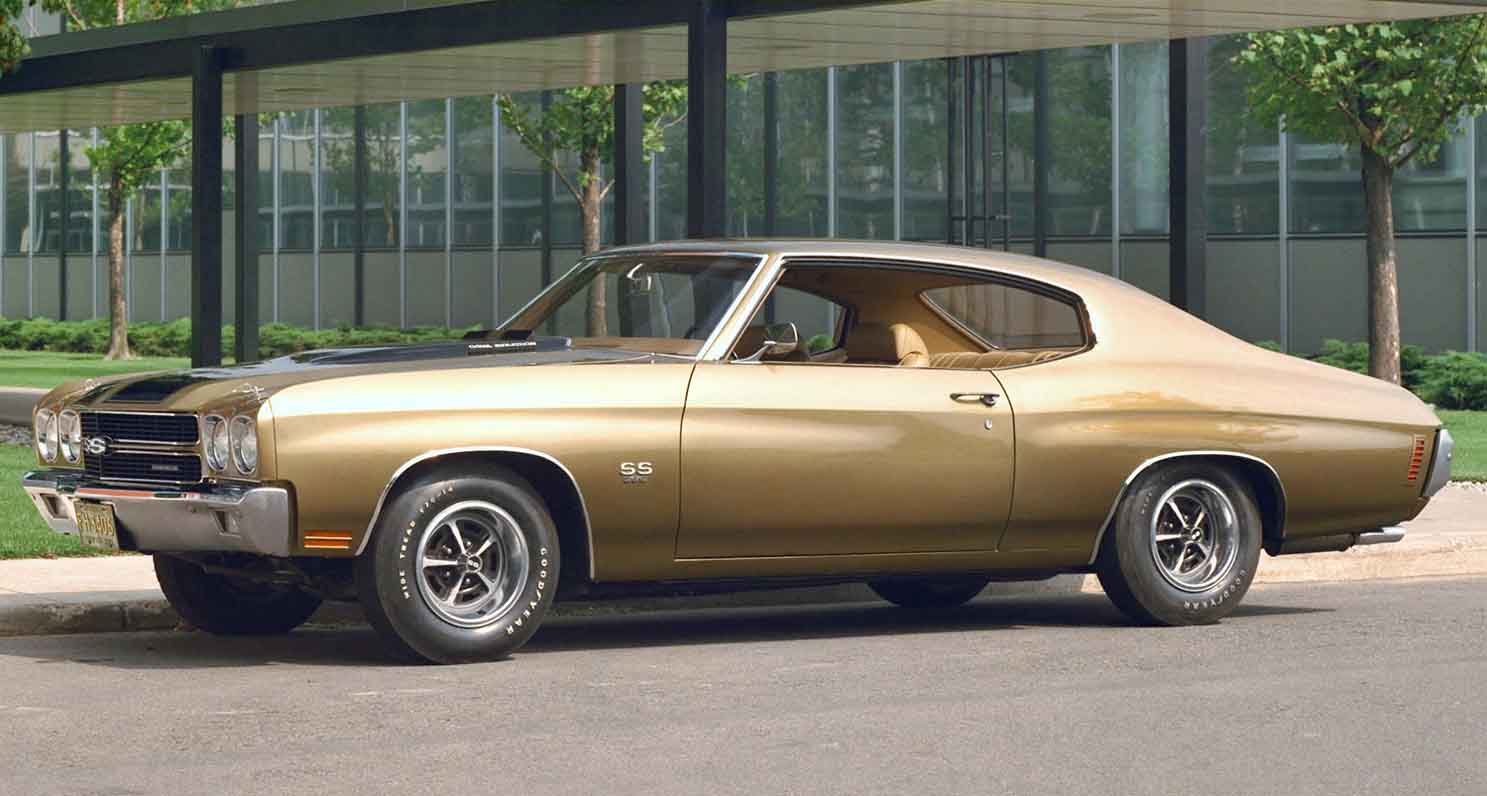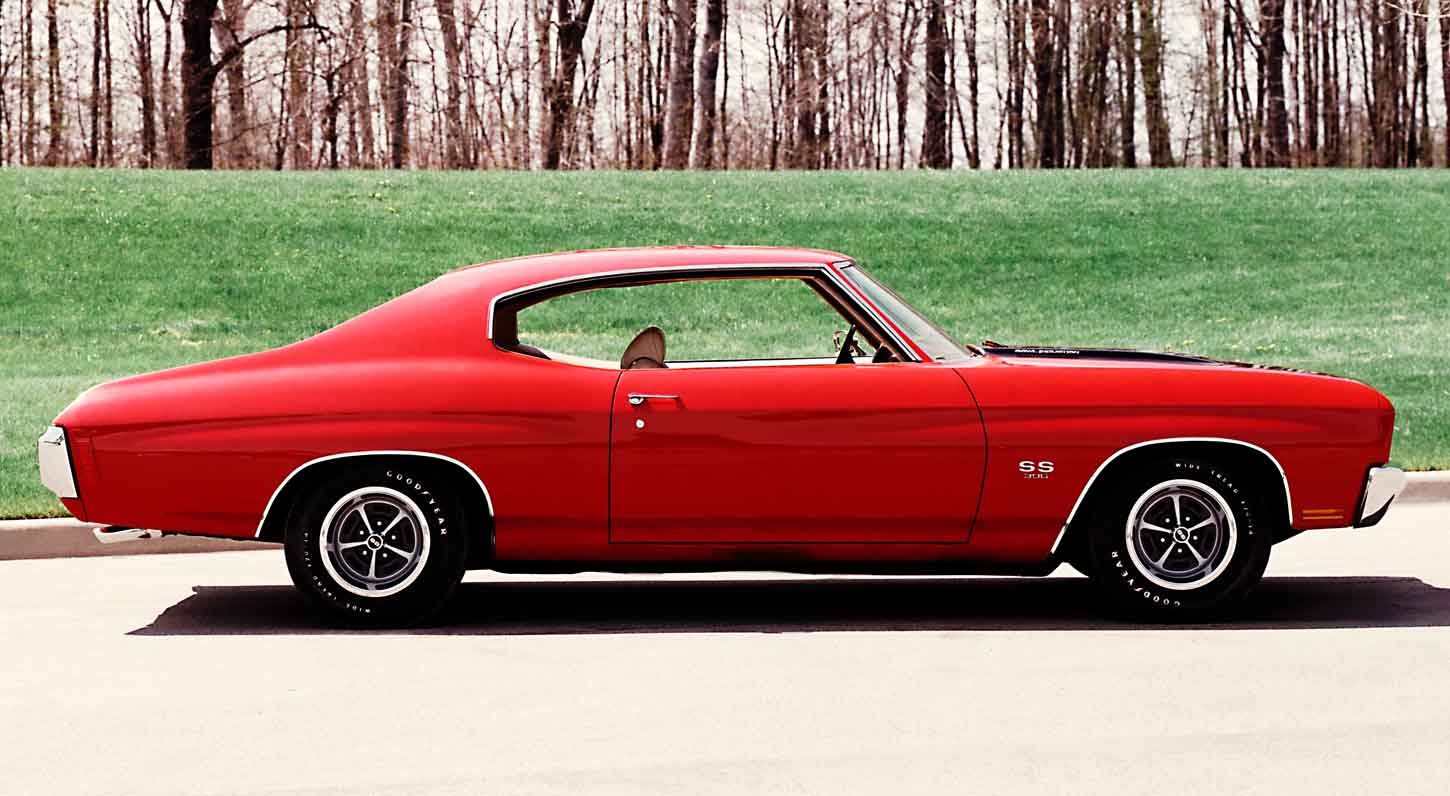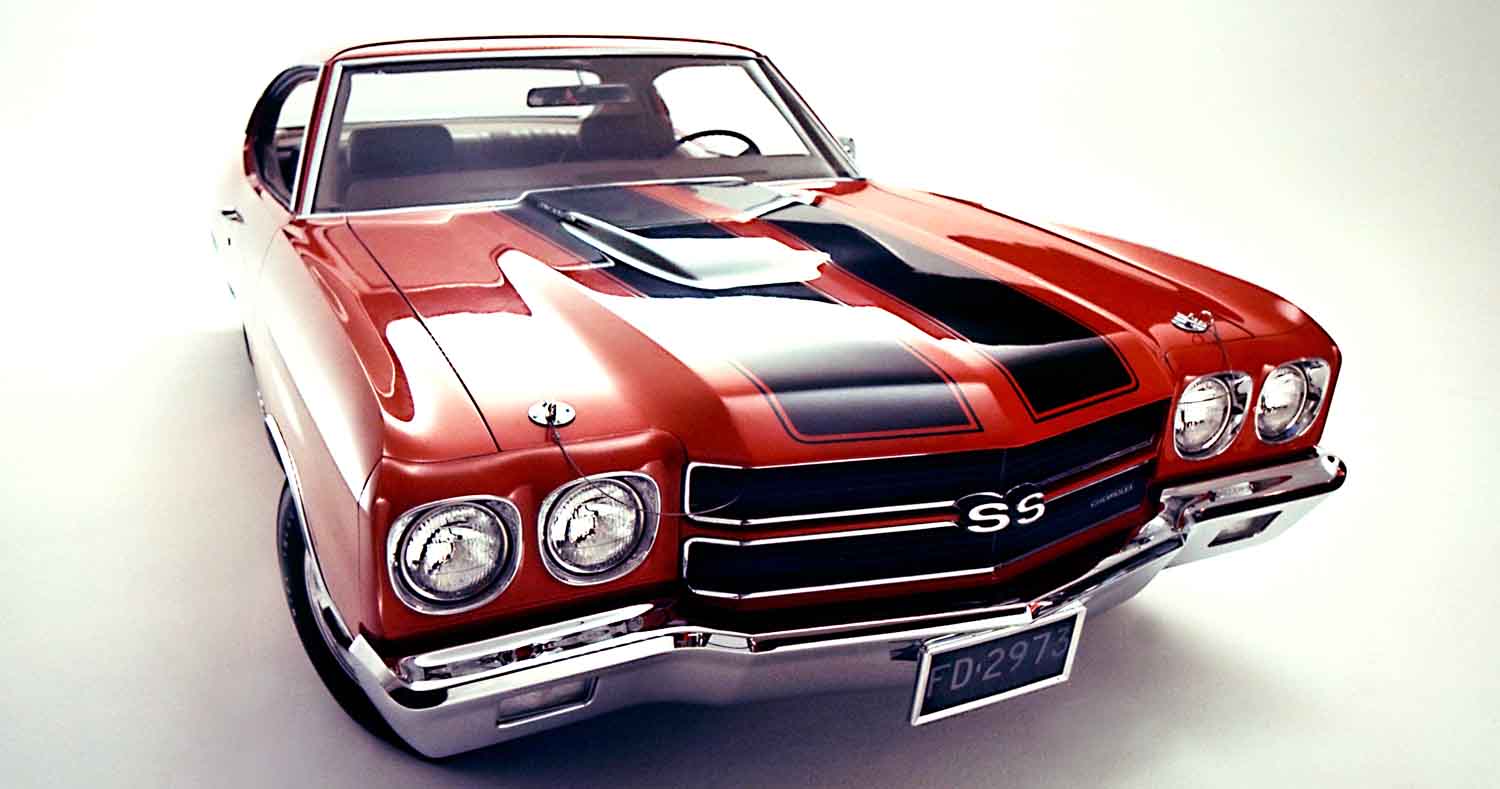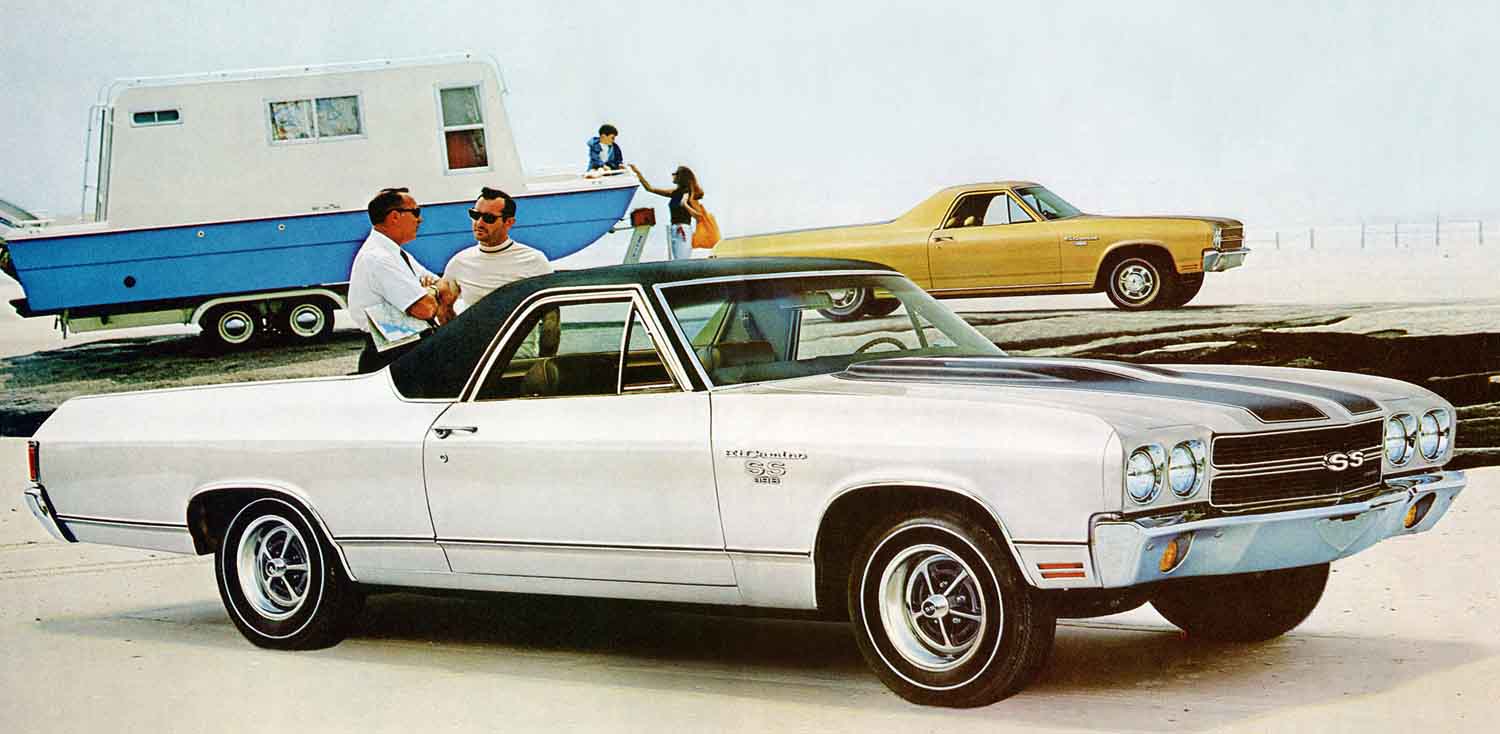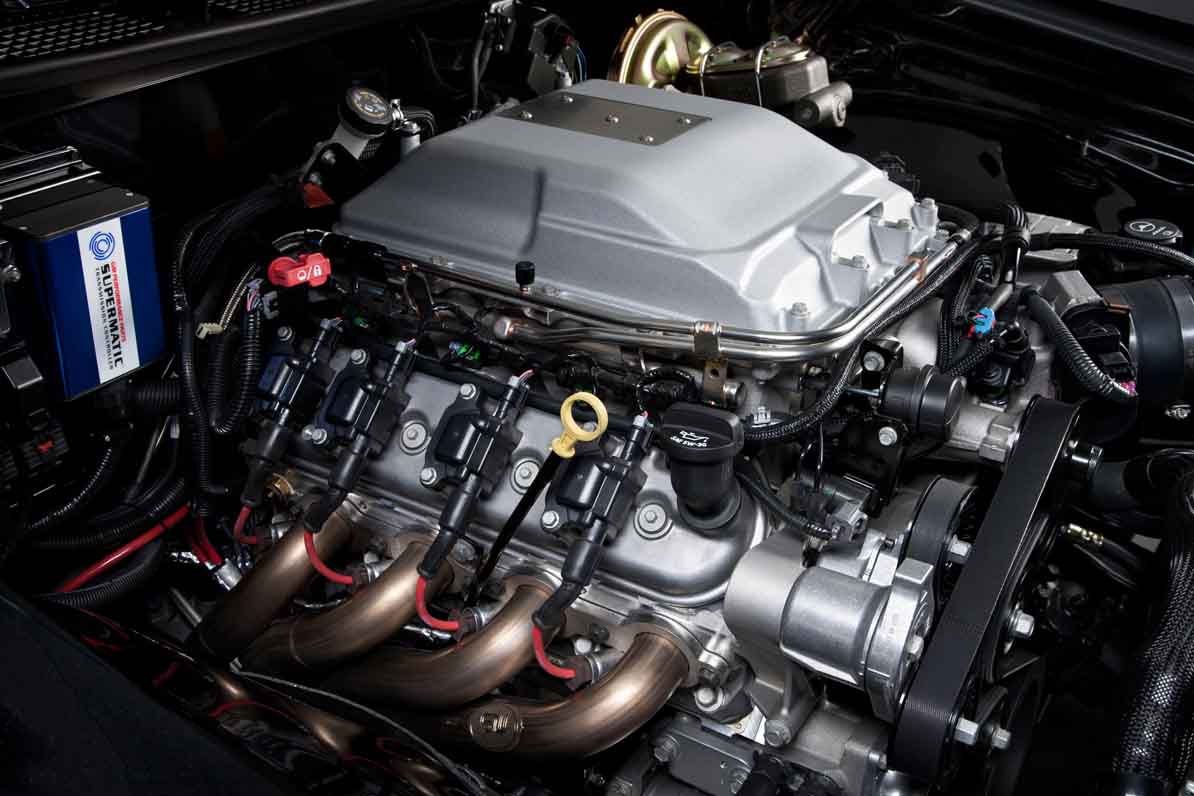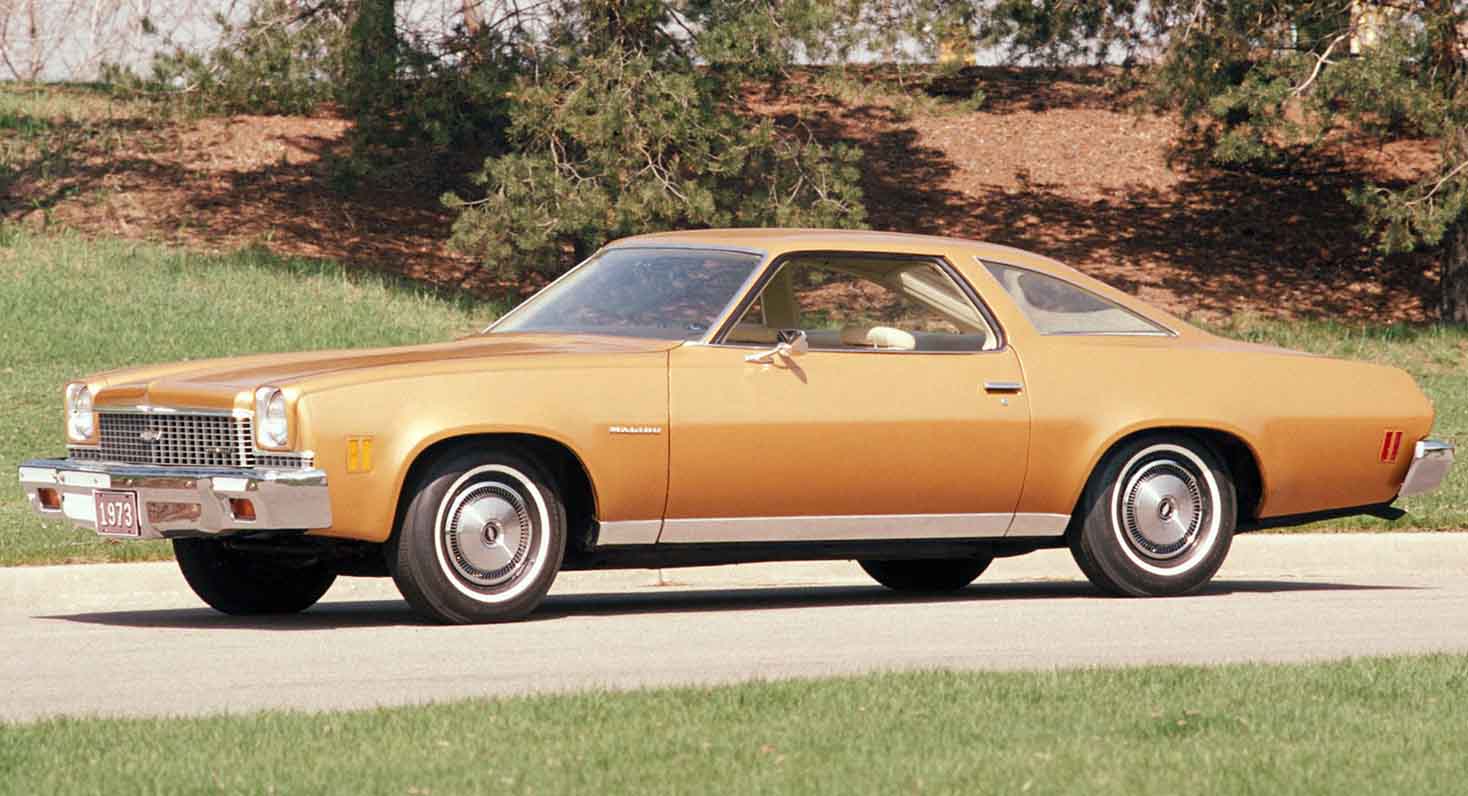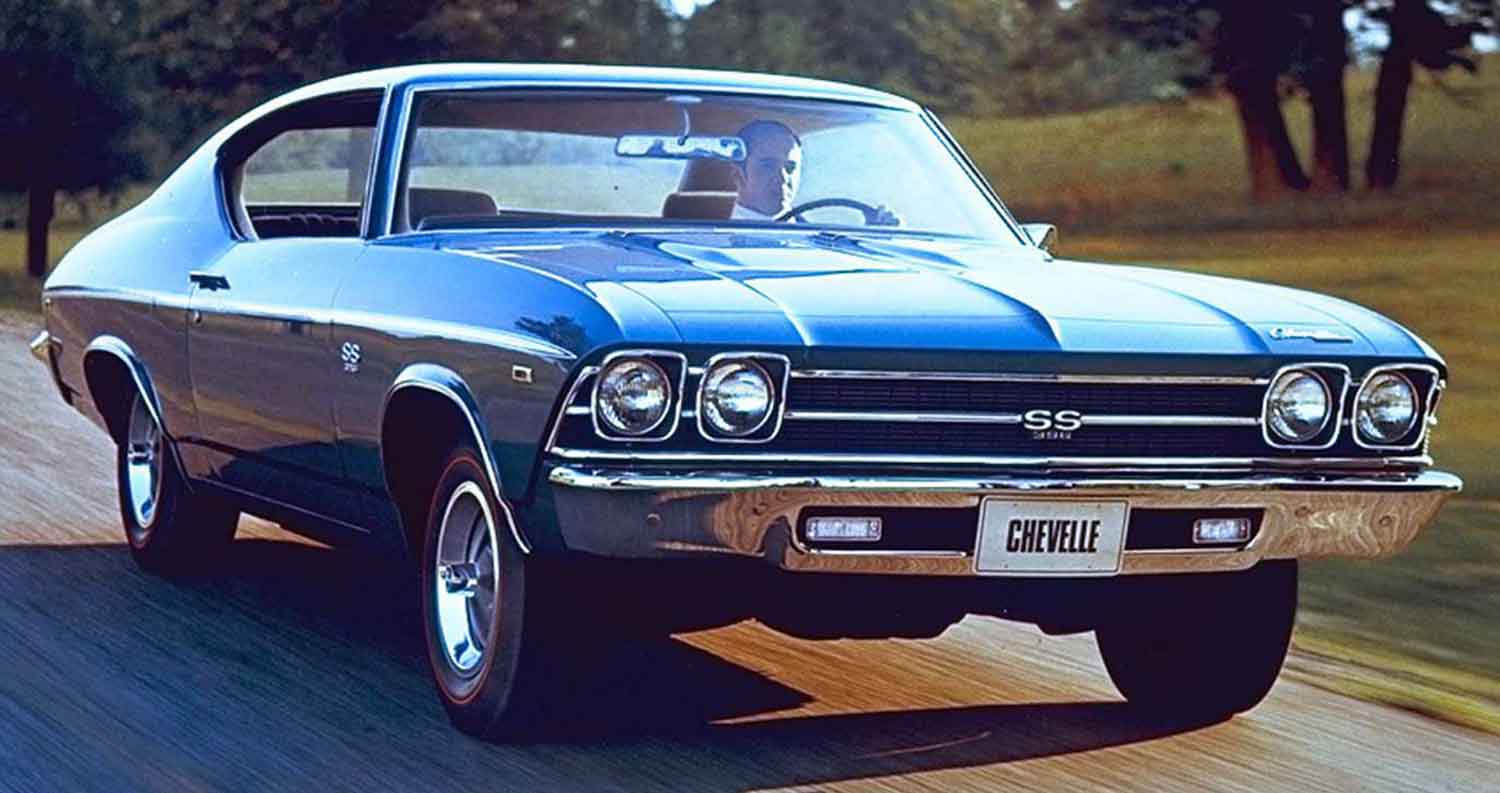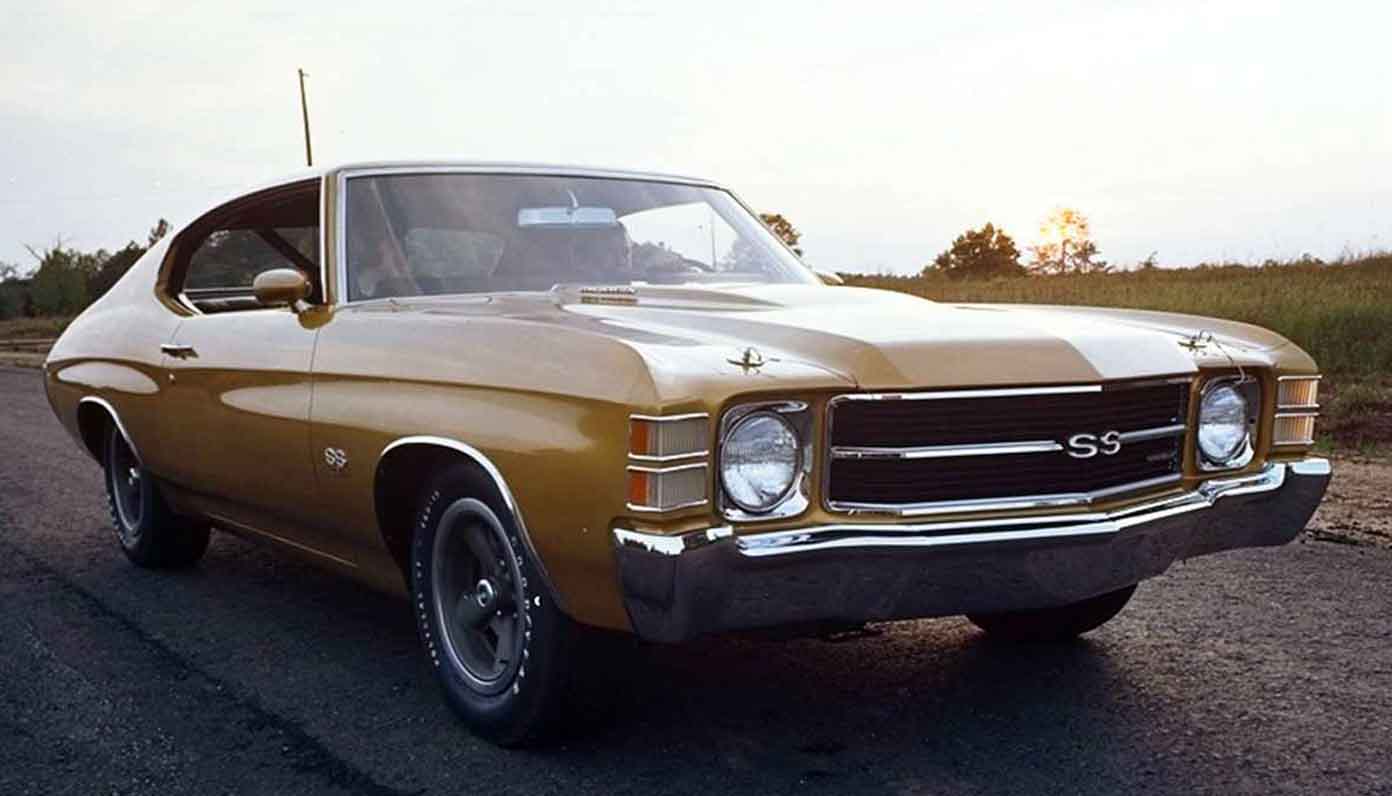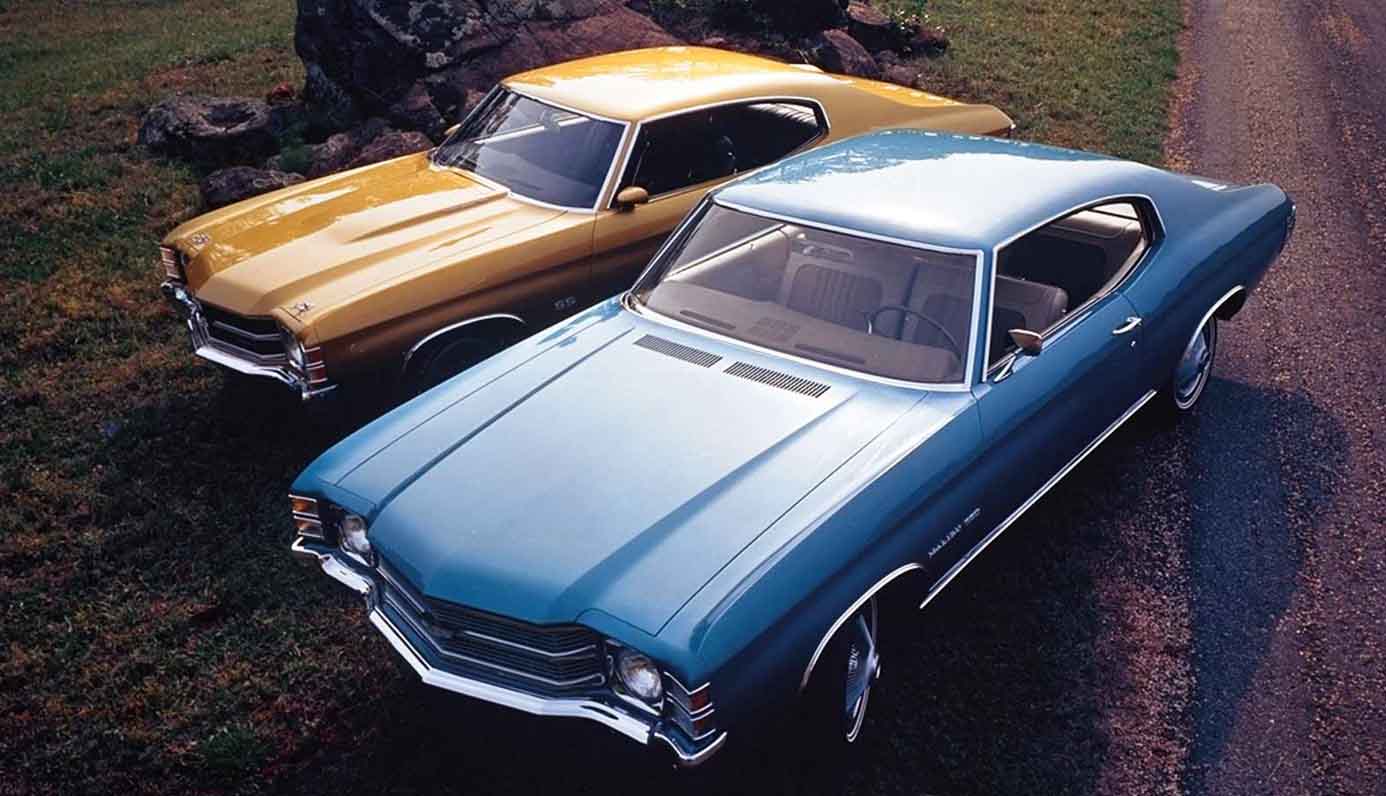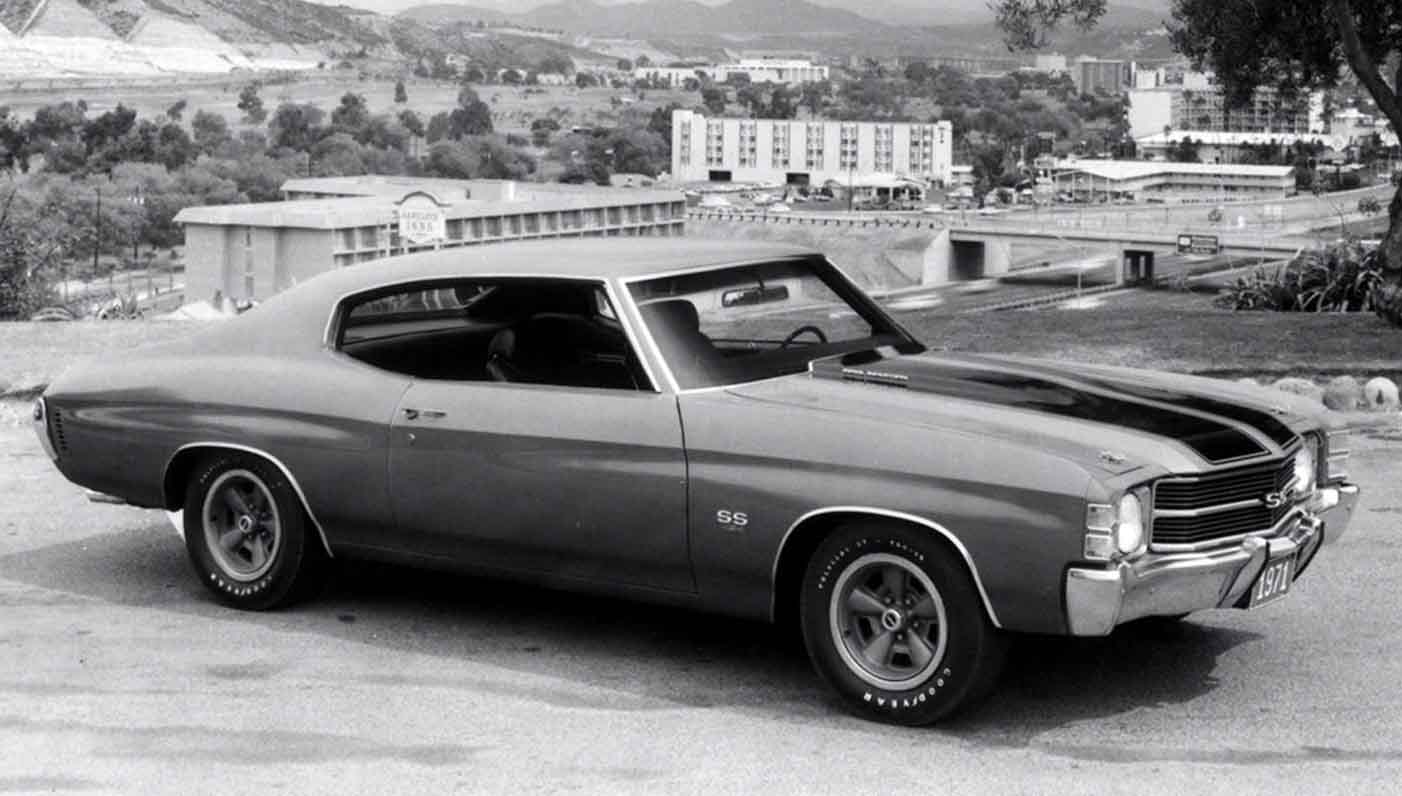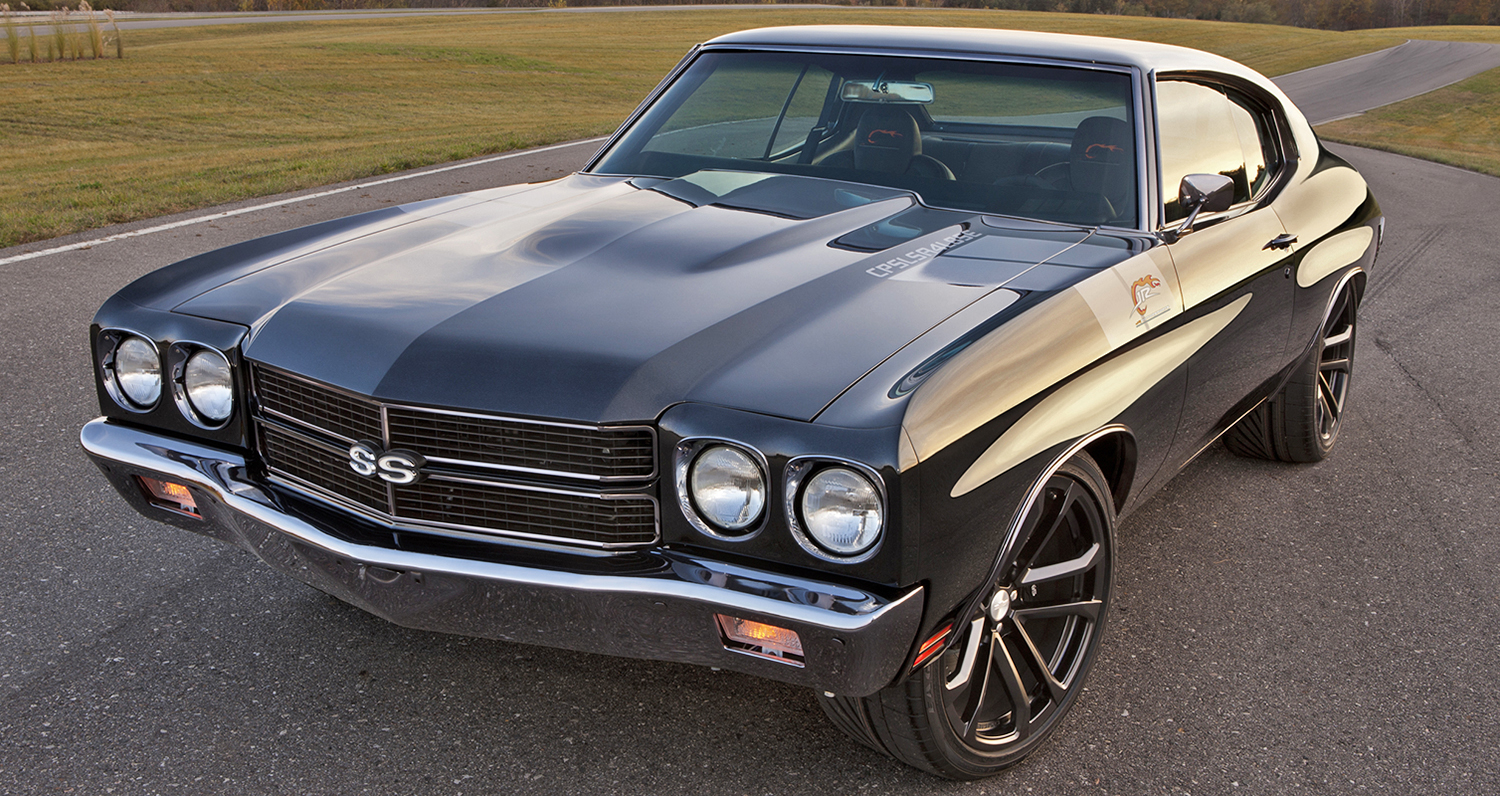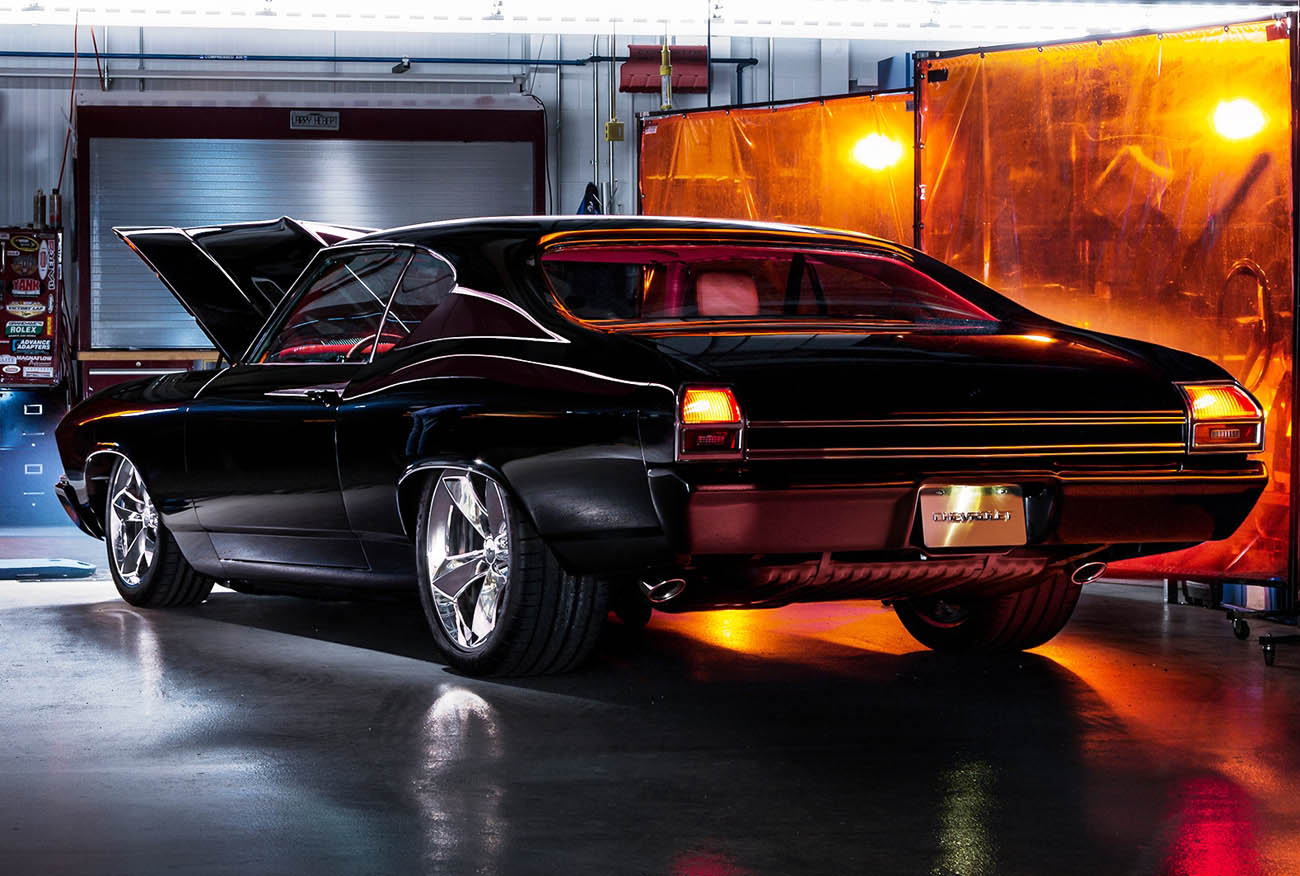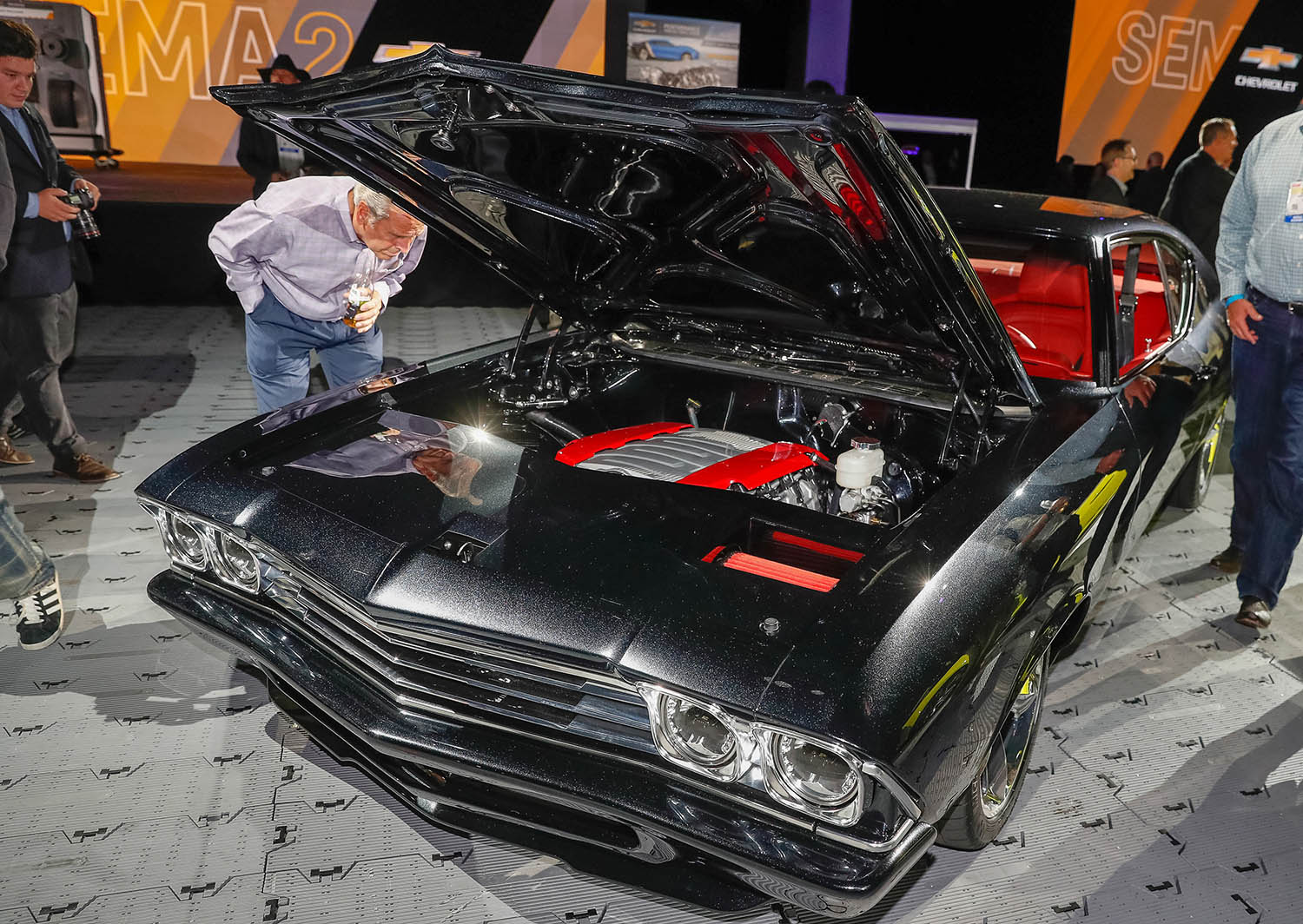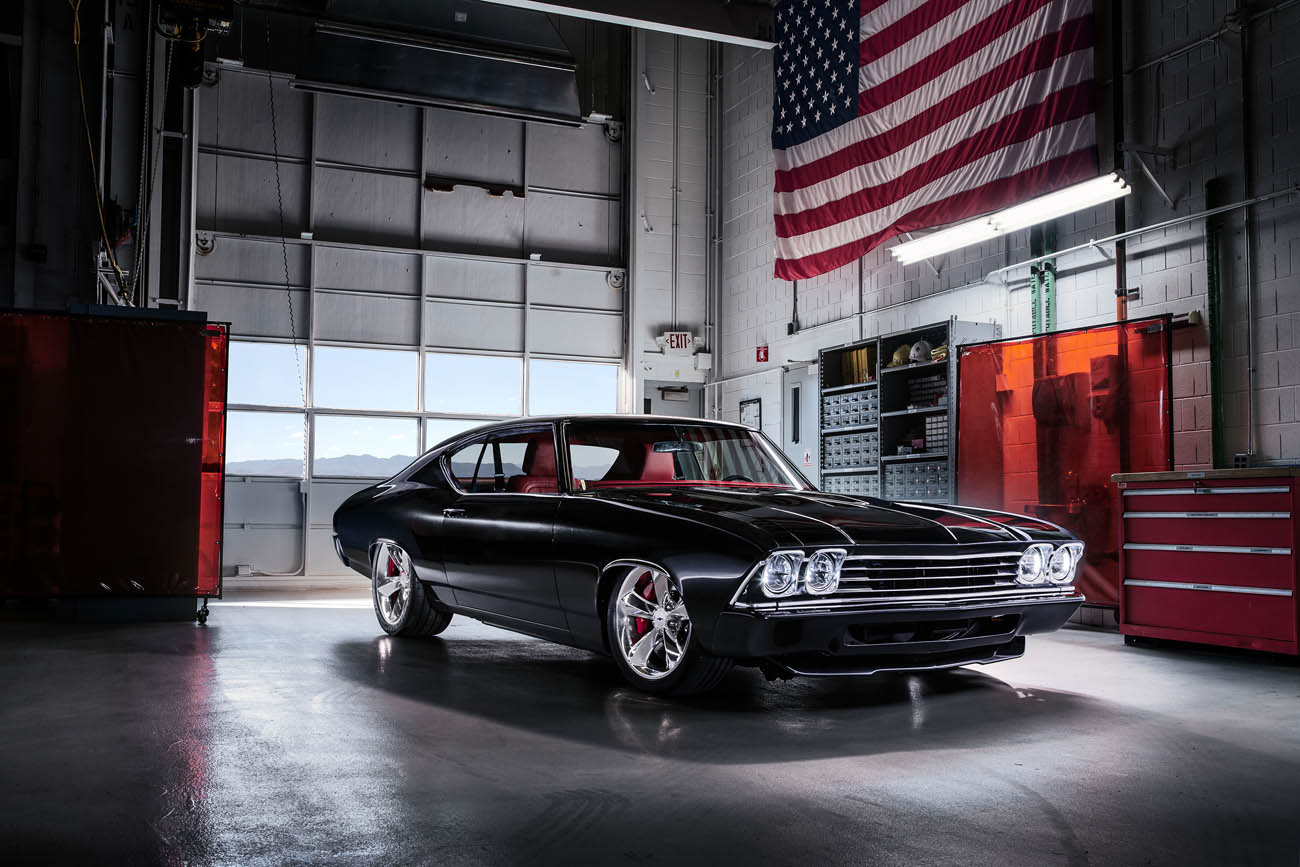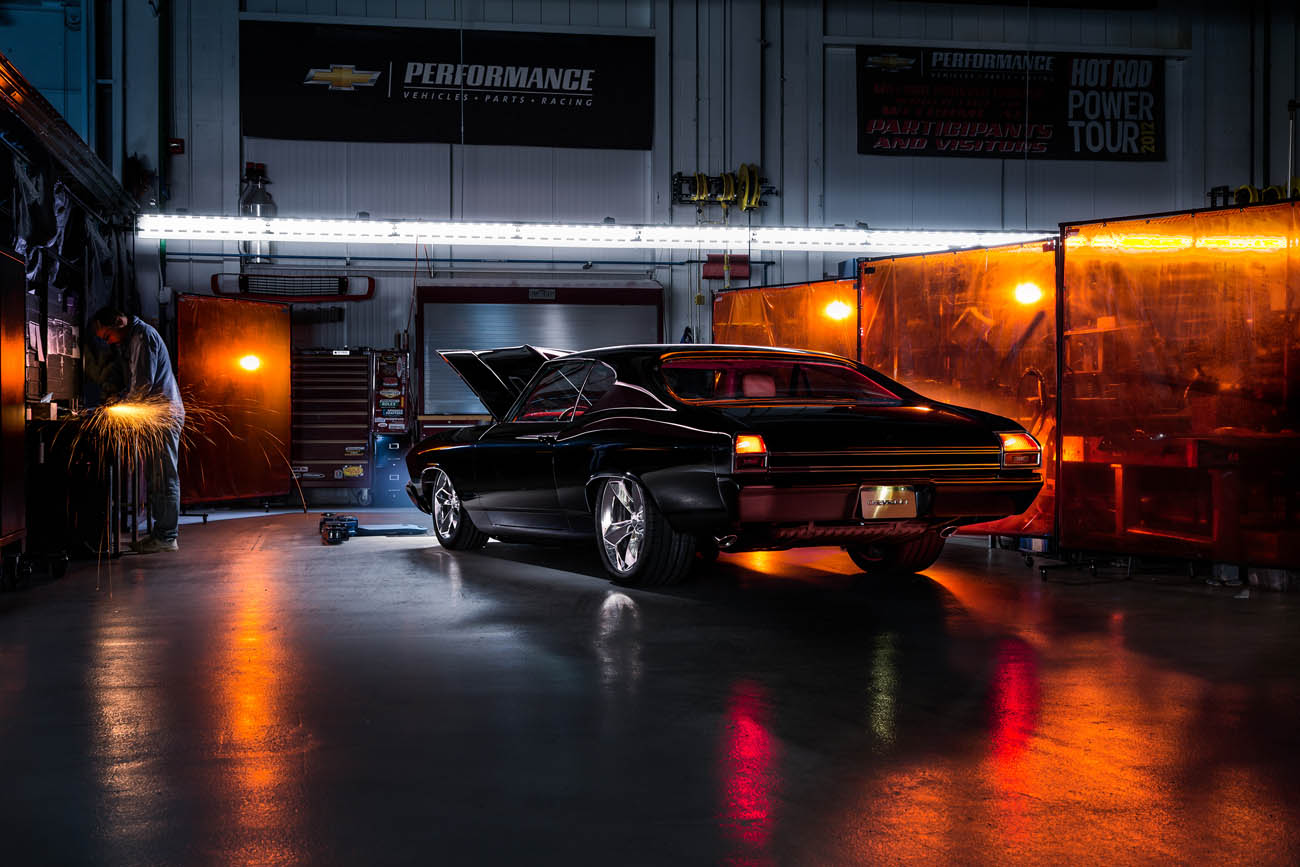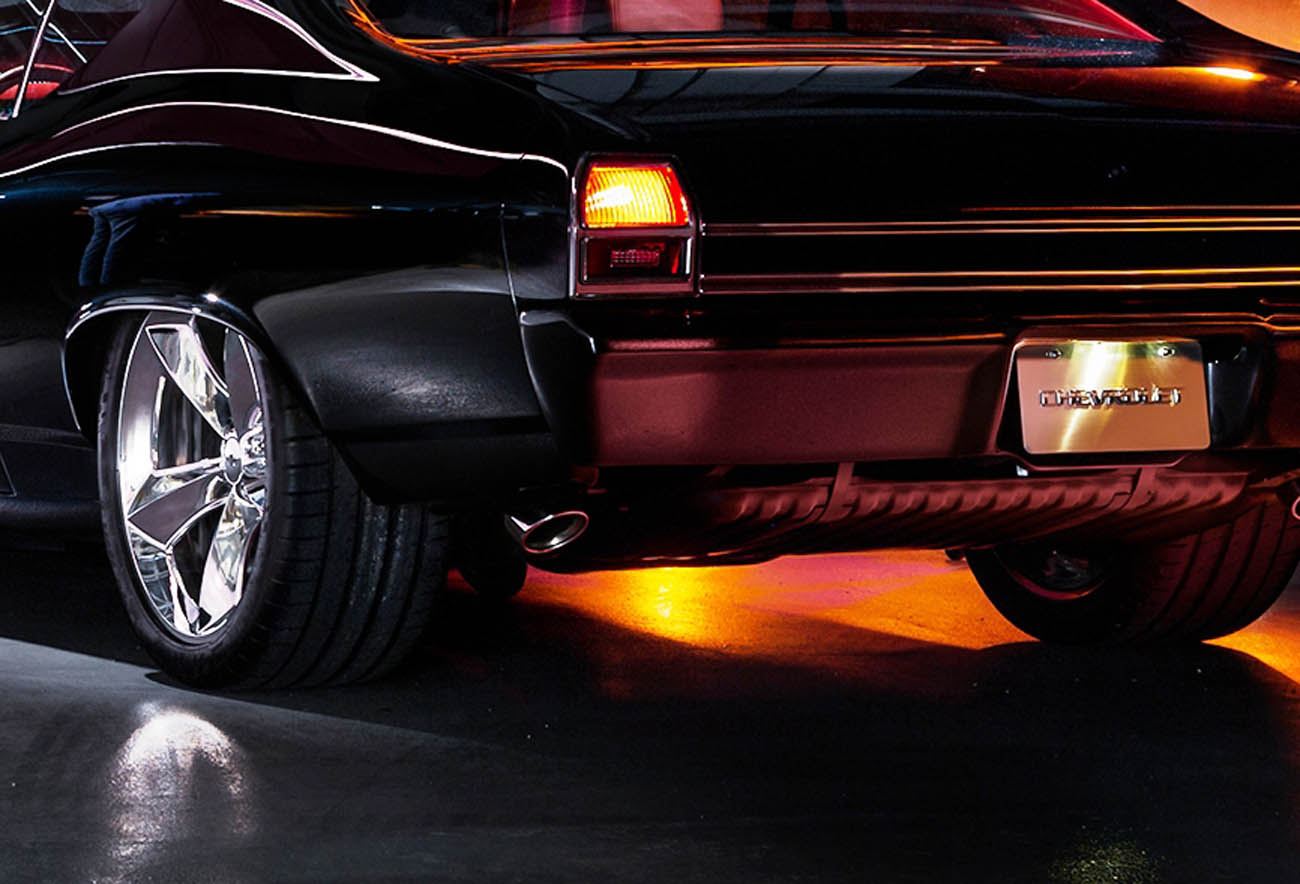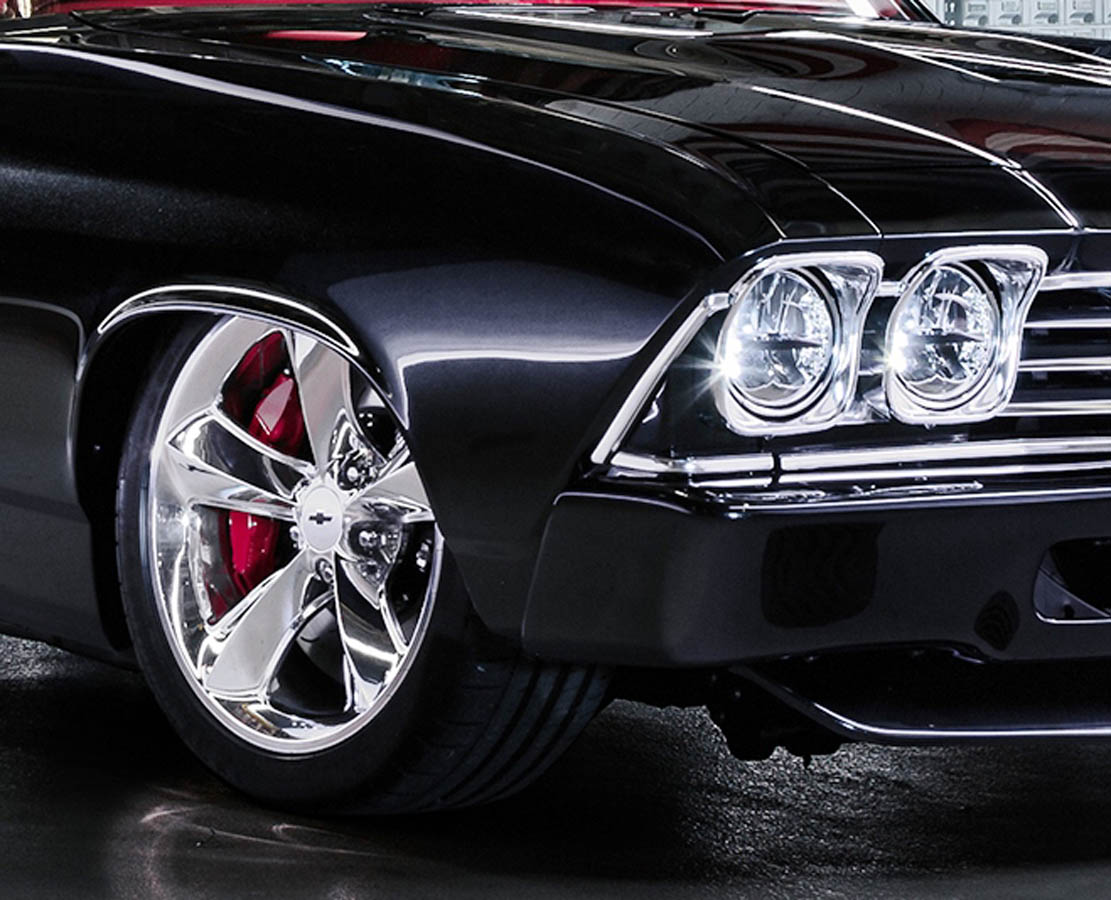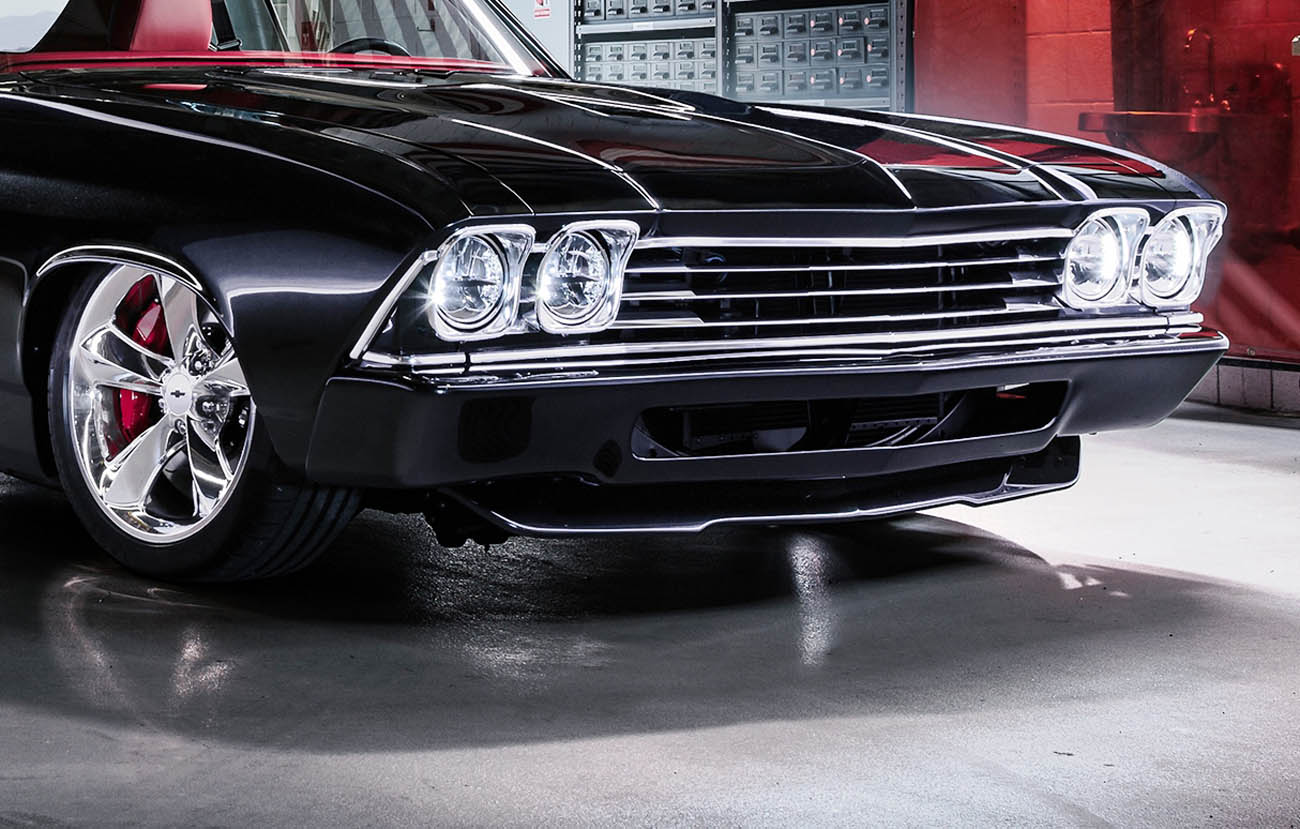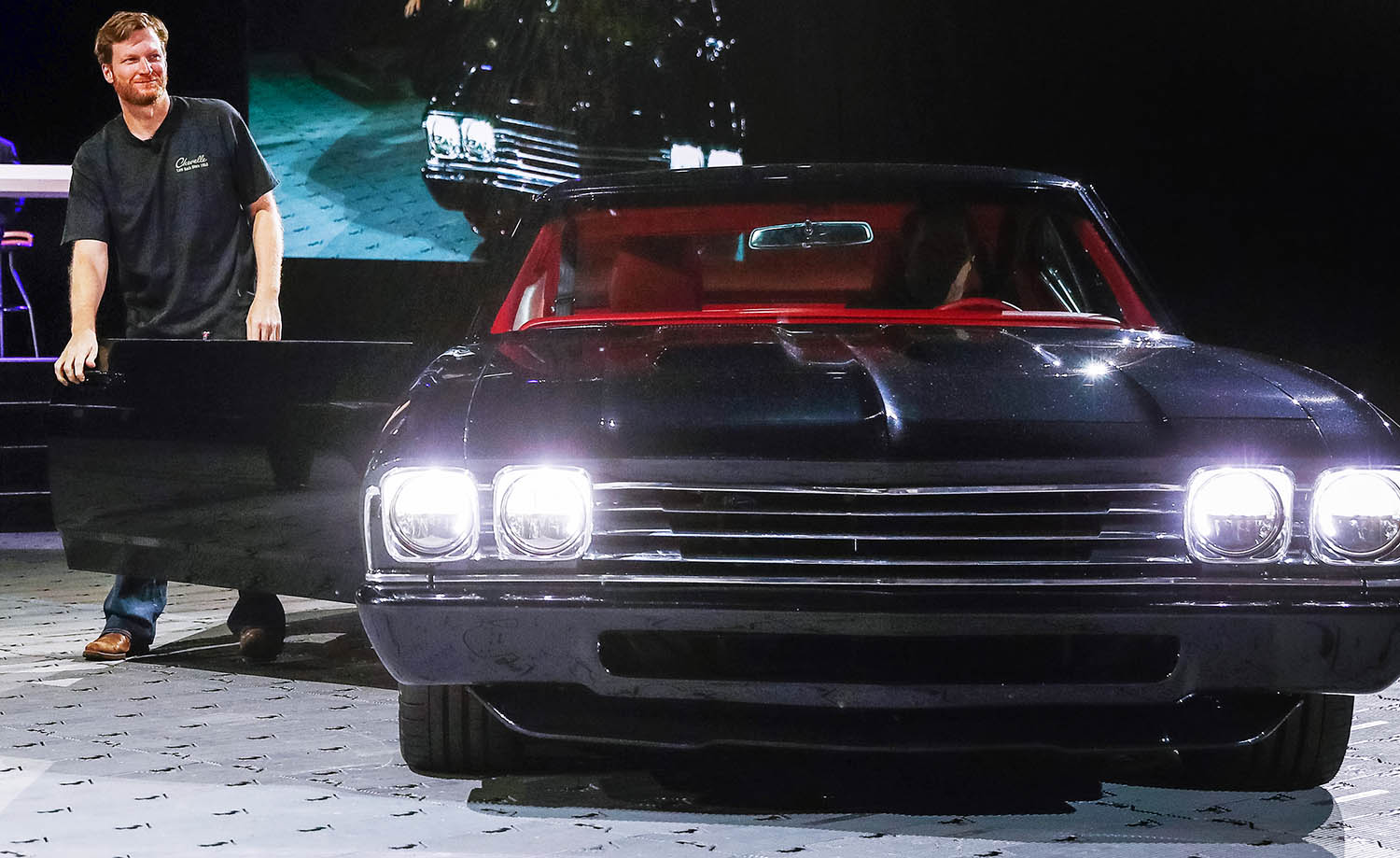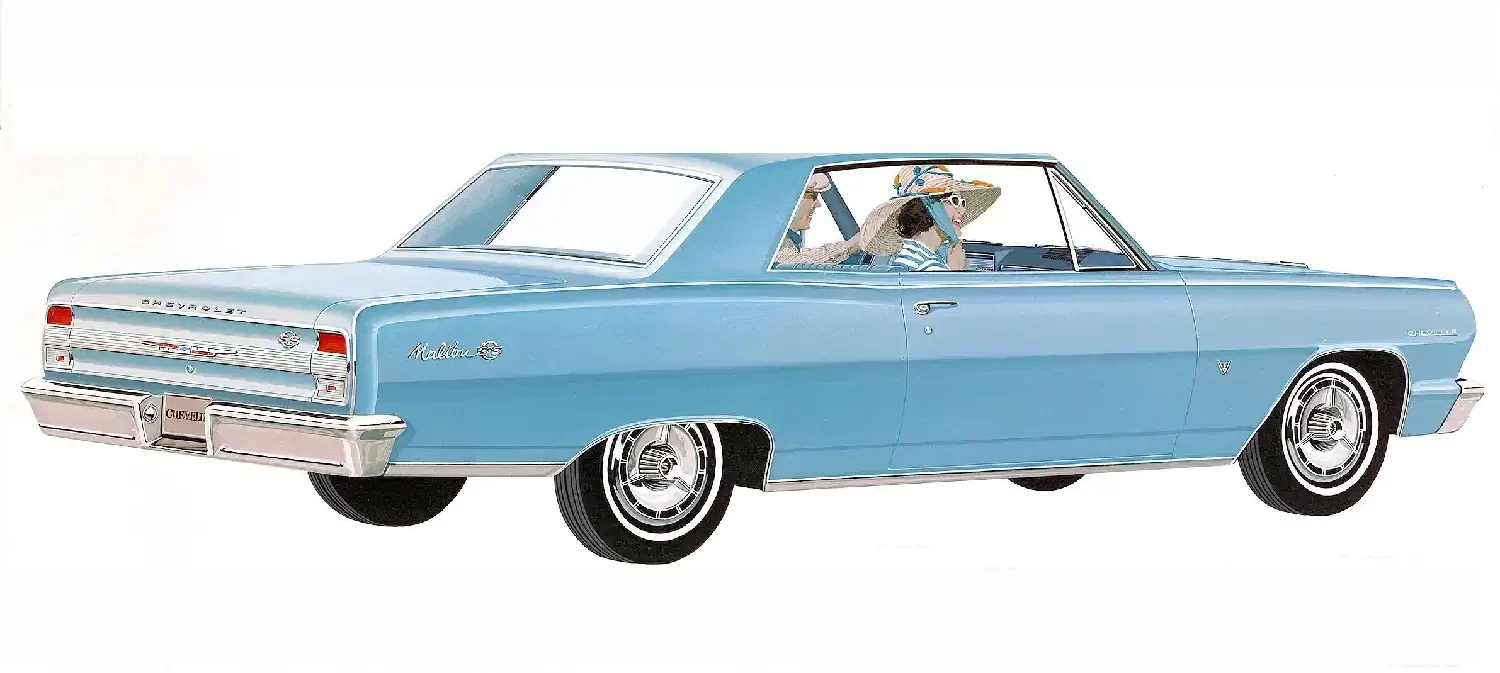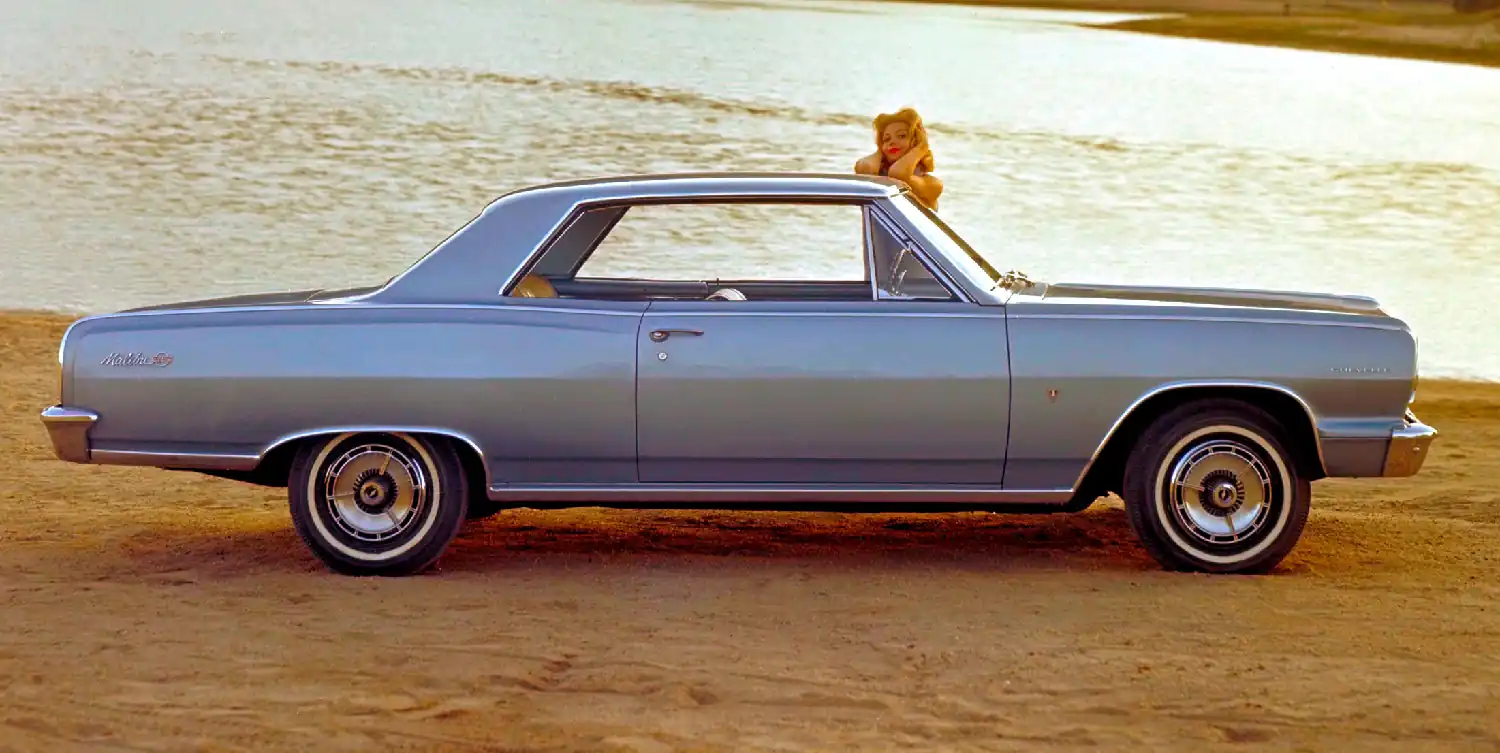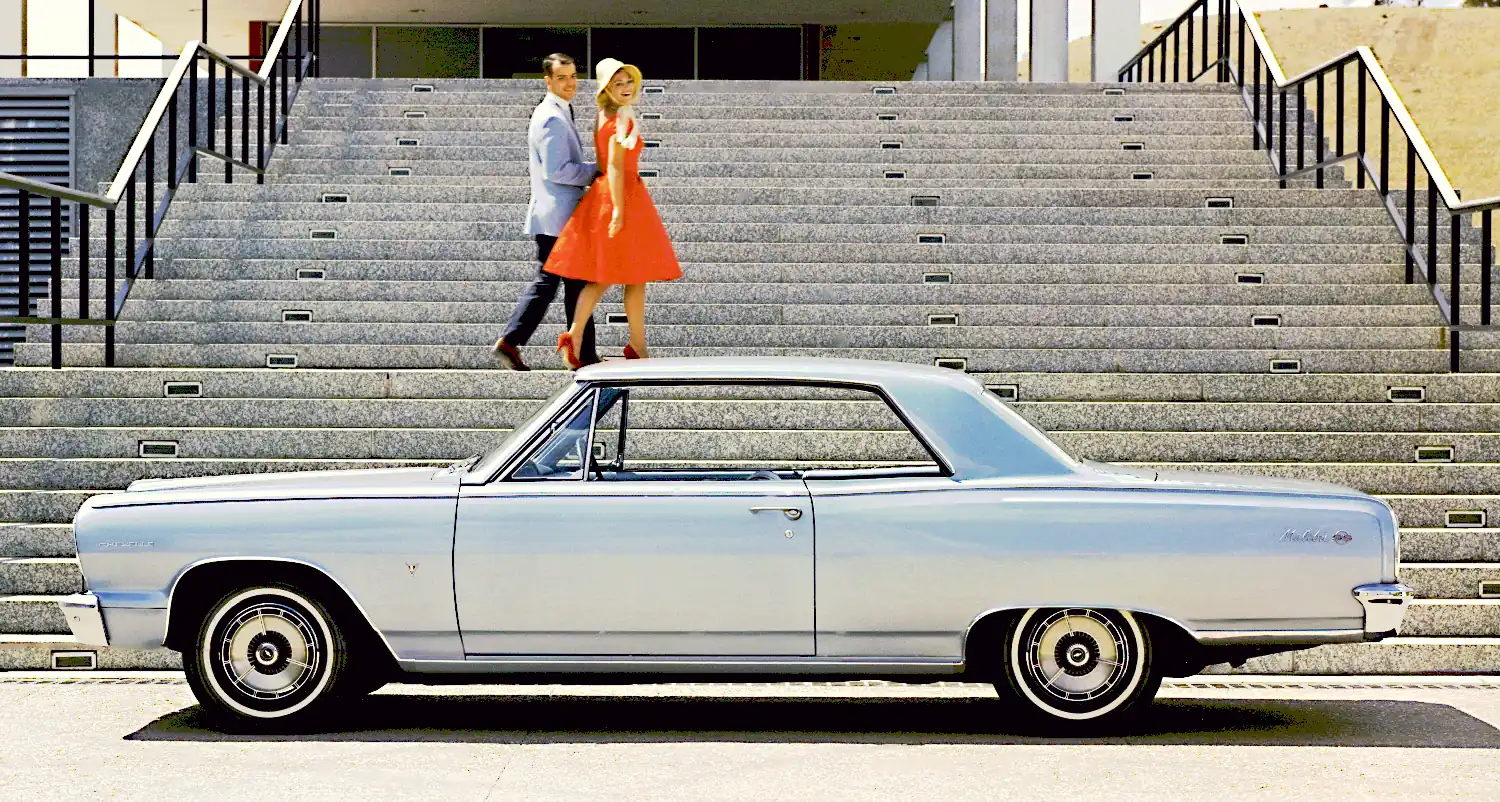
The Chevrolet Chevelle carved out a formidable presence in the American automotive landscape, defining a pivotal segment that bridged the gap between compact practicality and full-size grandeur. Launched as a distinct new model line, the Chevelle quickly became a cornerstone of Chevrolet’s lineup, evolving through multiple generations to embody versatility, style, and ultimately, raw muscle car power. Its journey from a well-rounded intermediate to a high-performance legend is a testament to its adaptable design and powerful appeal, establishing it as one of the most beloved and iconic vehicles in Chevrolet’s history.
The Rise of the Intermediate Segment: In the early 1960s, American consumers began seeking vehicles that offered more interior space and comfort than compact cars, yet were more manageable and fuel-efficient than the expansive full-size sedans. This emerging demand led General Motors to develop the A-body platform, specifically designed to underpin a new class of intermediate vehicles across its divisions. Chevrolet’s entry into this crucial market segment was the Chevelle, conceived to offer a balanced package of size, style, and performance, ready to compete with rivals that had already found success in this growing niche.
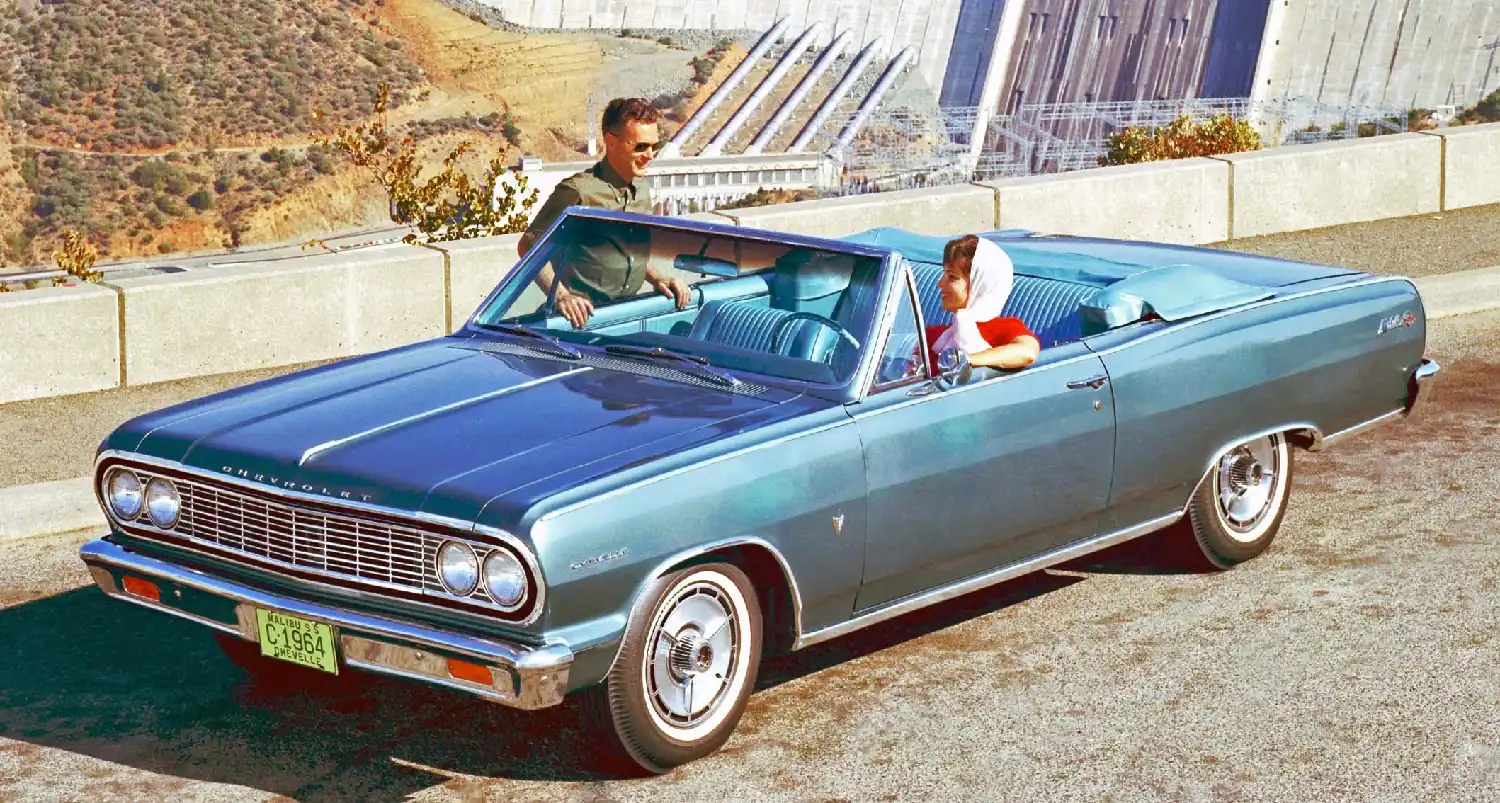
First Generation (1964-1967): Birth of a New Line: The Chevrolet Chevelle officially debuted for the 1964 model year as a completely new and distinct model line, marking a significant strategic move for Chevrolet. It was offered in a wide array of body styles to appeal to a broad customer base, including two-door coupes, two-door convertibles, four-door sedans, and four-door station wagons, alongside the popular El Camino coupe utility. Within this initial generation, the Chevelle introduced its prominent trim levels, such as the Chevelle 300, 300 Deluxe, and the more upscale Malibu. The Malibu, in particular, quickly gained popularity for its refined interior and more extensive features.
Early Powertrain and Performance: From its inception, the first-generation Chevelle offered a diverse range of engine options, catering to both economy and performance-minded buyers. Initial offerings included a standard 194 cubic inch (CI) inline-six engine, providing reliable and efficient power. For those seeking more robust performance, a range of small-block V8 engines was available, such as the 283 CI and later the 327 CI V8s. These V8 options delivered significantly more horsepower and torque, transforming the Chevelle into a more spirited performer. The introduction of the Malibu Super Sport (SS) package early on signaled Chevrolet’s intent to position the Chevelle as a formidable contender in the burgeoning muscle car scene, even in its inaugural generation.
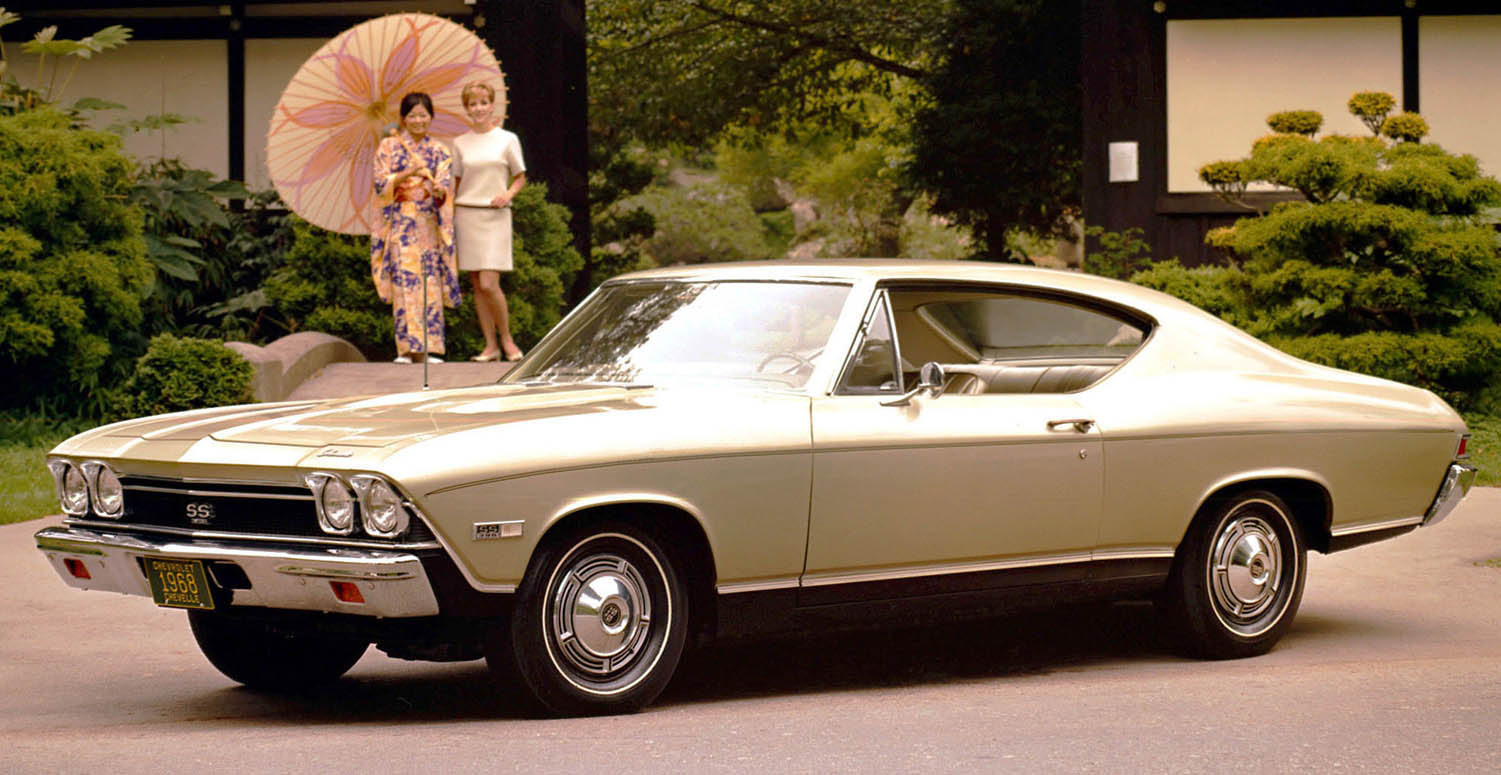
Second Generation (1968-1972): The Muscle Car Zenith: The second generation of the Chevrolet Chevelle, introduced for the 1968 model year, brought a significant redesign that is arguably its most iconic and celebrated era. Characterized by its more curvaceous “Coke bottle” styling and longer hood, this generation perfectly aligned with the peak of the American muscle car era. The emphasis on performance became even more pronounced, with the Super Sport (SS) becoming a dominant force in the segment. The SS models, particularly the SS 396 and later the legendary SS 454, offered incredible power, becoming benchmarks for muscle car enthusiasts.
Peak Performance and Diverse Offerings: During the second generation, the Chevelle truly solidified its reputation for performance. The SS 396 models came equipped with potent big-block V8 engines, and by 1970, the ultimate Chevelle SS 454 was introduced, featuring the monstrous 454 cubic inch V8, capable of producing horsepower figures that are legendary to this day. This era saw the Chevelle offered in an even wider variety of body styles including coupes, sedans, convertibles, and wagons, ensuring its appeal across various market segments while maintaining its high-performance image. Distinctive hoods, racing stripes, and special badging further distinguished the SS models.
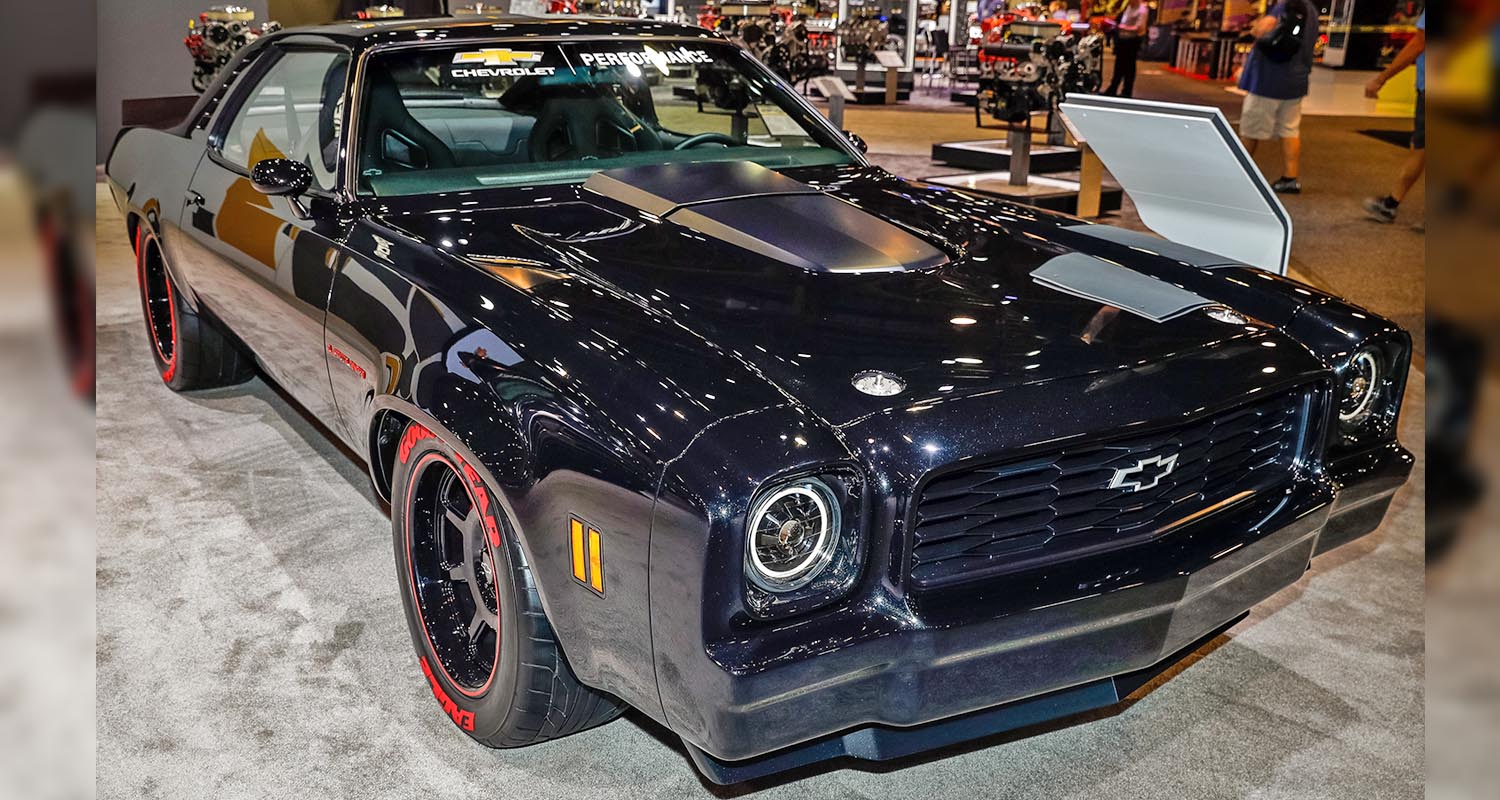
Third Generation (1973-1977): A New Direction: The third and final generation of the Chevrolet Chevelle debuted in 1973 with a substantial redesign, adapting to evolving automotive trends, stricter safety regulations, and new emissions standards. This generation featured the distinctive “Colonnade” styling, characterized by fixed rear side windows on coupes, large bumpers, and a more formal roofline. While still offering a range of body styles including coupes, sedans, and wagons, the focus gradually shifted away from raw muscle car power towards greater emphasis on comfort, luxury, and compliance. Engine offerings adapted to the new regulations, with a continued focus on V8s, though performance levels generally became more modest compared to the previous generation.
Legacy and Cultural Impact: The Chevrolet Chevelle’s journey from its 1964 debut as a new intermediate model to its discontinuation after the 1977 model year left an indelible mark on American automotive culture. It was a versatile platform that successfully catered to a wide array of buyers, from families needing practical transportation to performance enthusiasts craving raw power. Its second generation, in particular, cemented its status as one of the quintessential muscle cars of all time. Today, the Chevelle remains highly sought after by collectors and enthusiasts, celebrated for its iconic styling, powerful engines, and its significant contribution to the golden age of American automobiles.
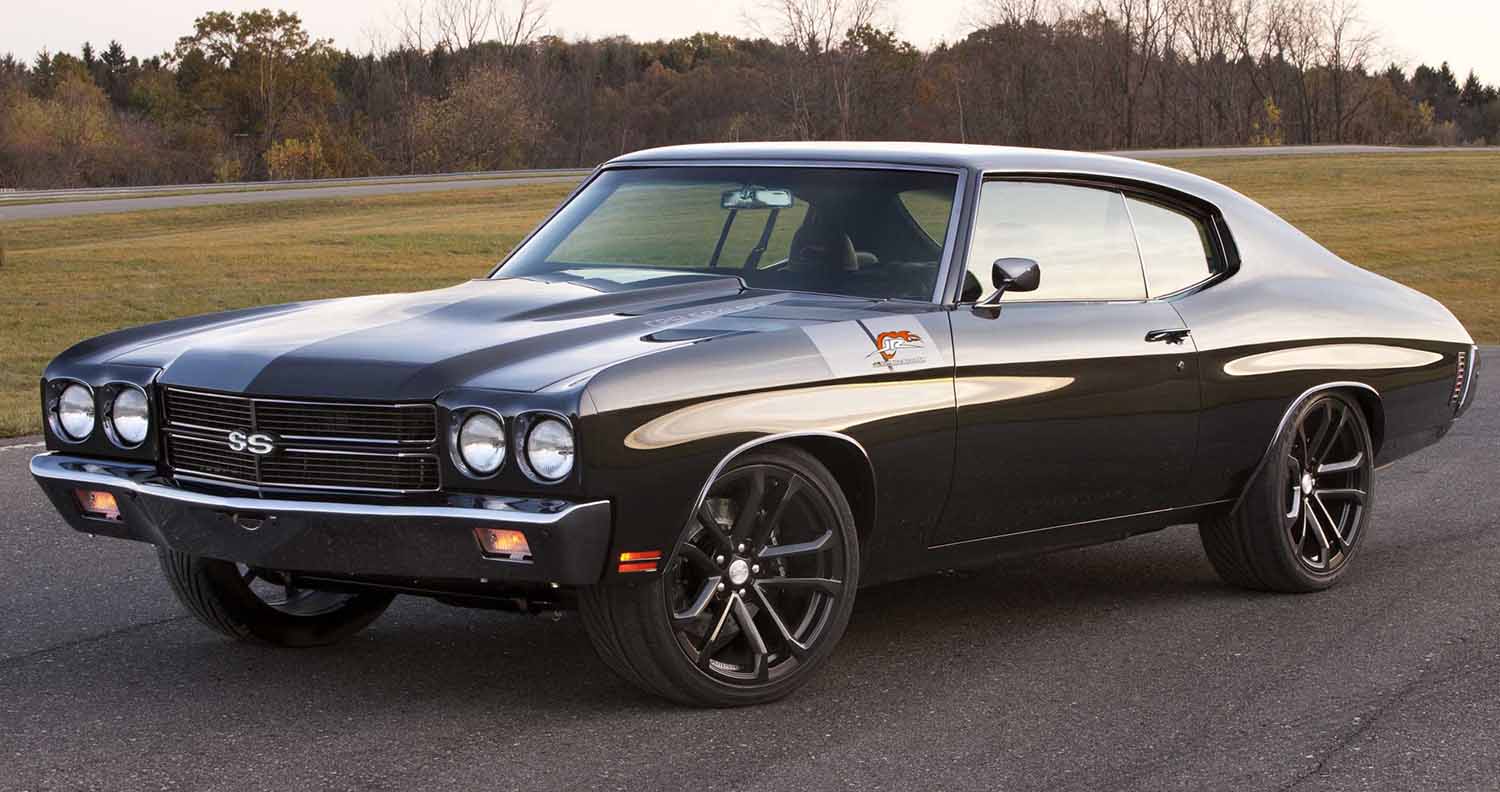
Summary
- Chevrolet Chevelle debuted as a new model line in 1964 on the A-body platform.
- First Generation (1964-1967) offered sedans, coupes, convertibles, wagons, and the El Camino.
- Included Malibu trim and early Super Sport (SS) packages with 6-cylinder and V8 engine options.
- Second Generation (1968-1972) featured a redesign and became iconic for muscle car performance.
- SS models, particularly the SS 396 and SS 454, became prominent with big-block V8s.
- Third Generation (1973-1977) introduced “Colonnade” styling, adapting to new regulations.
- The Chevelle was a versatile model spanning various market segments.
- It remains a highly regarded classic, especially its muscle car variants.
Disclaimer: This article is compiled from historical automotive information and aims for general accuracy. Vehicle specifications and market details may vary based on model year, trim, and individual vehicle history. Independent verification is always recommended
Source: Chevrolet & GM Heritage
AI Assistance: Gemini
